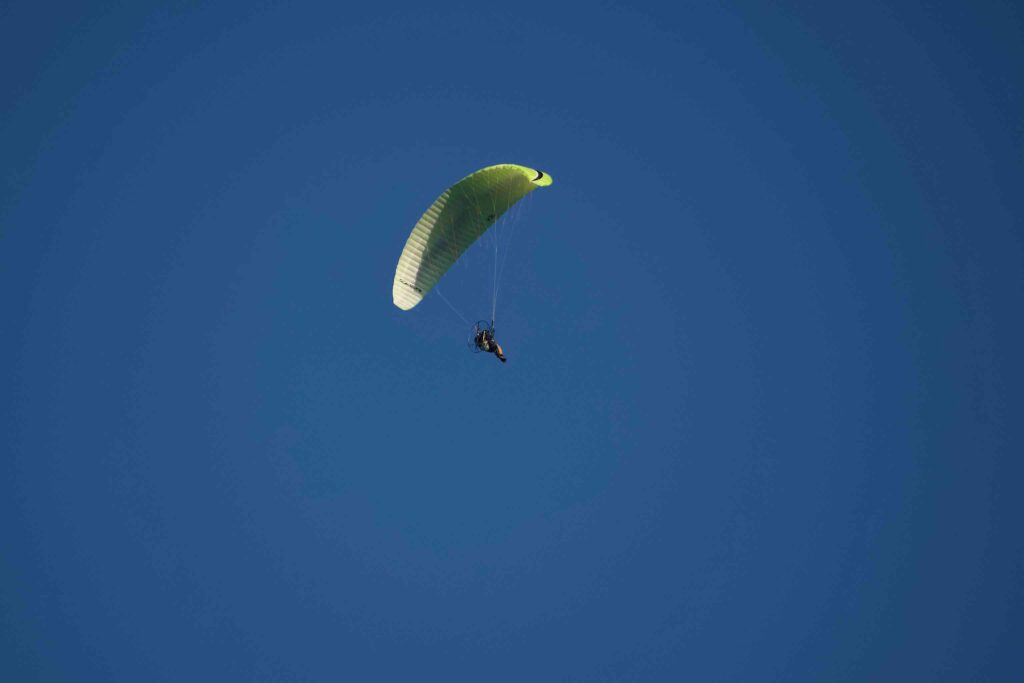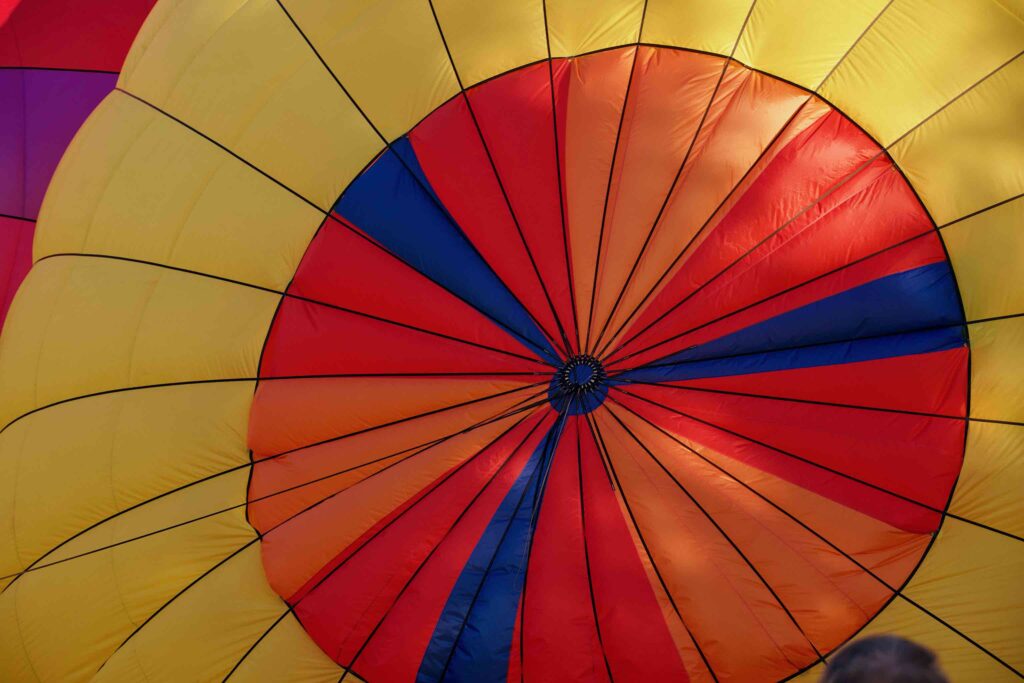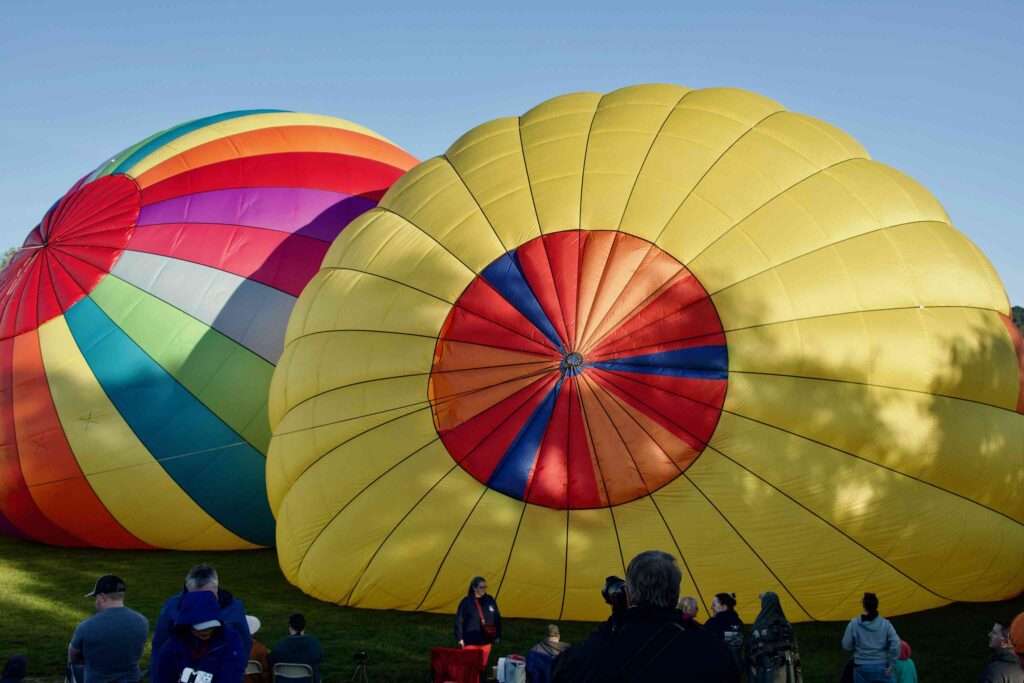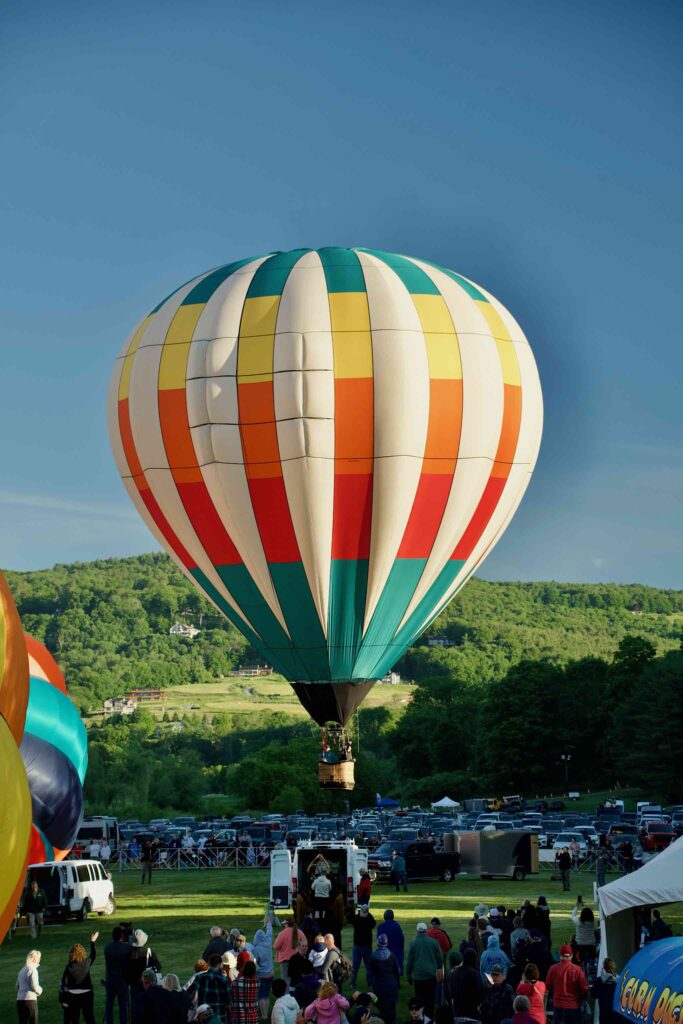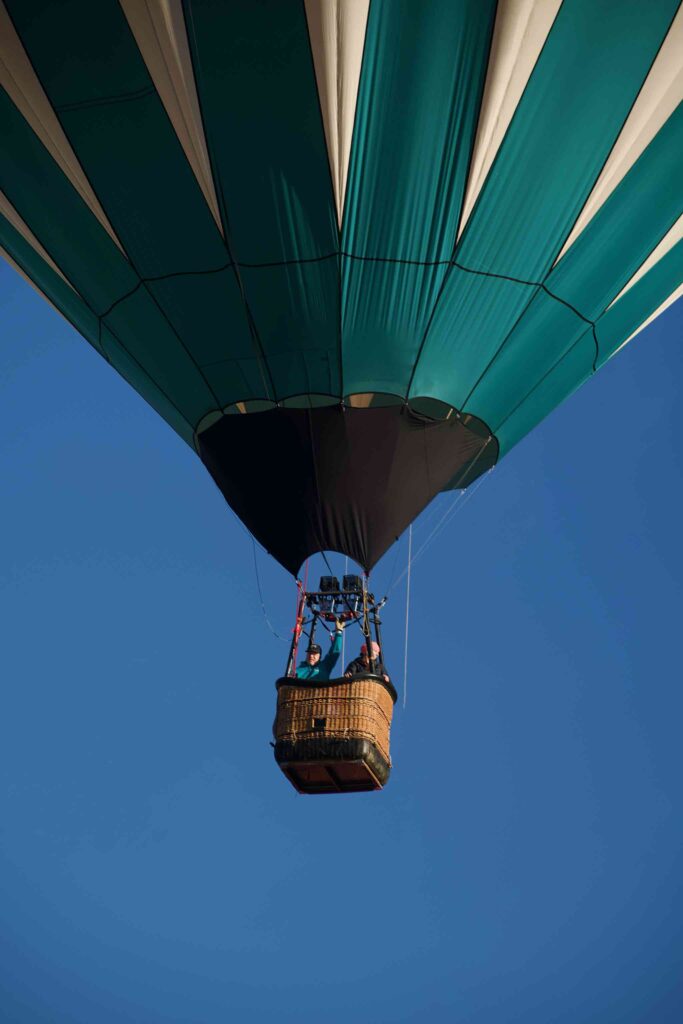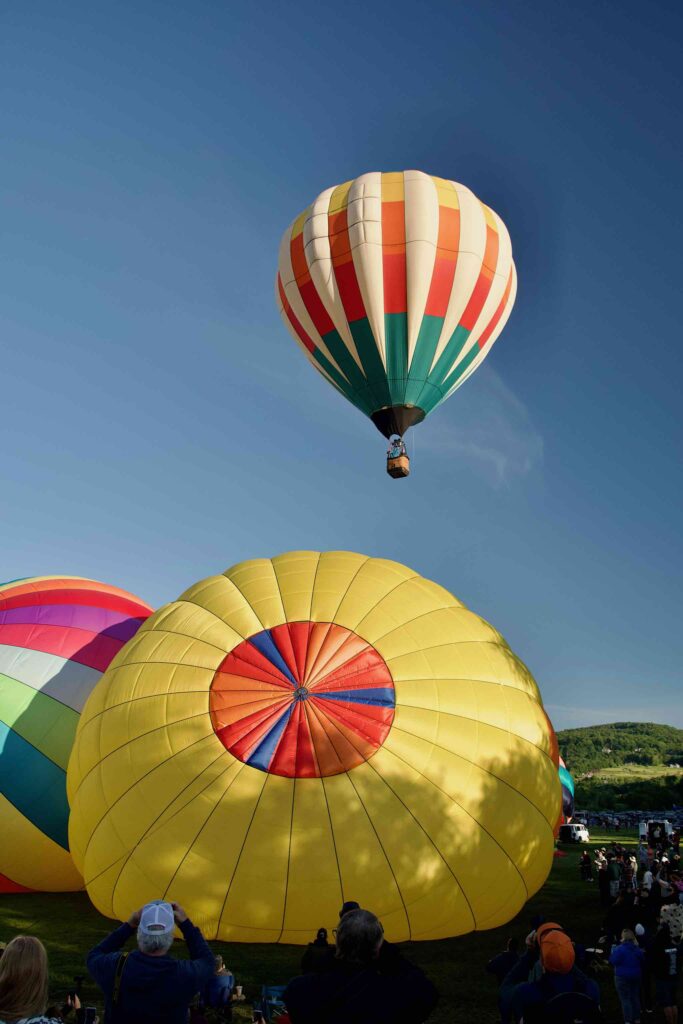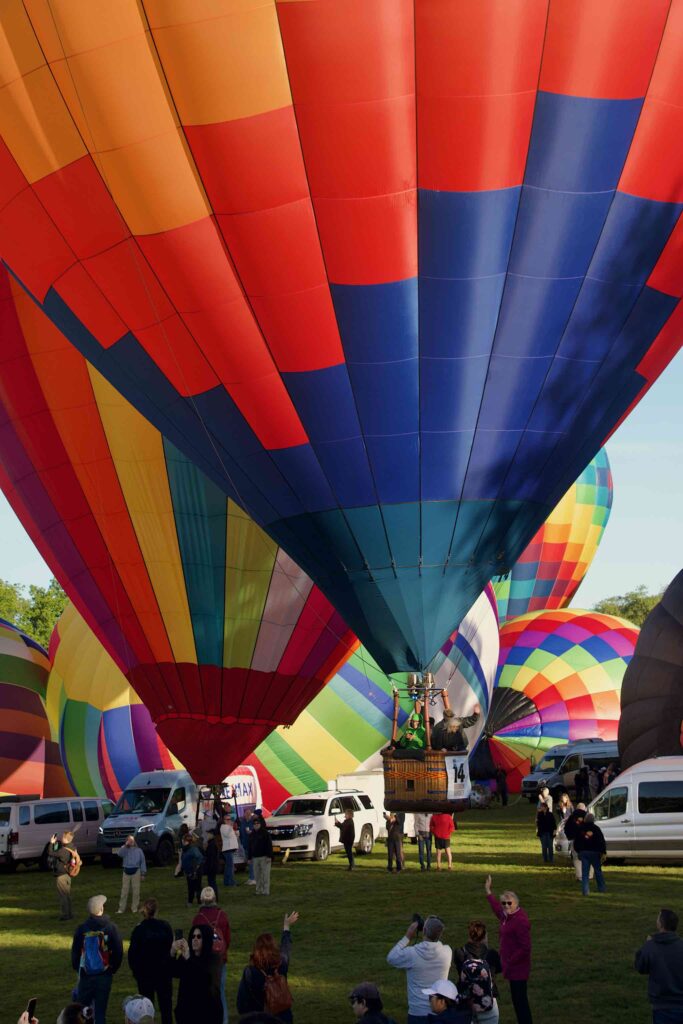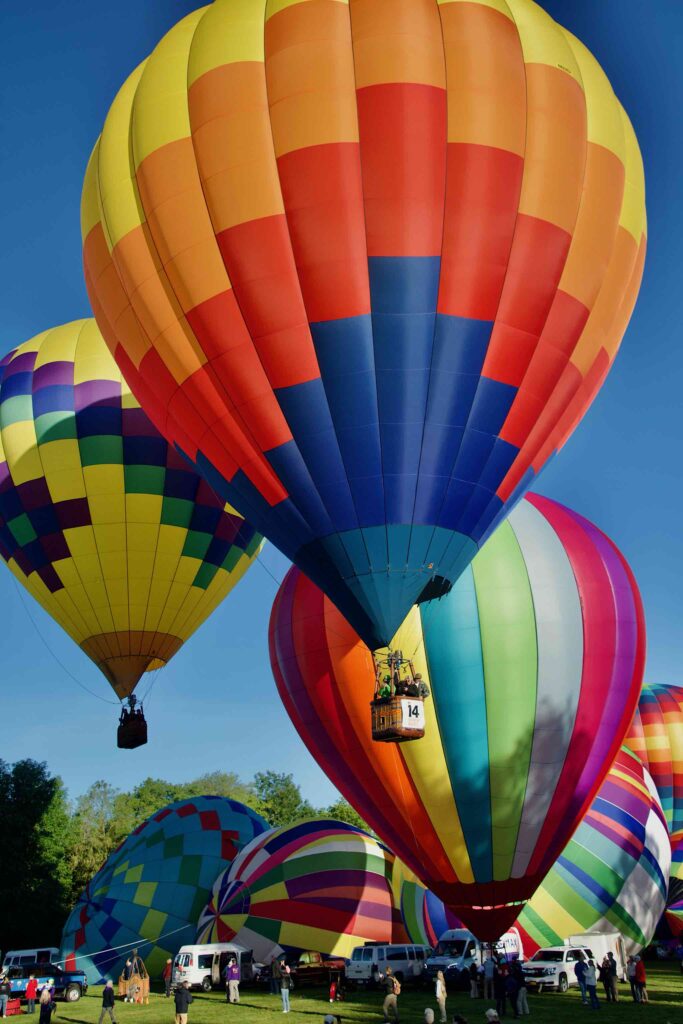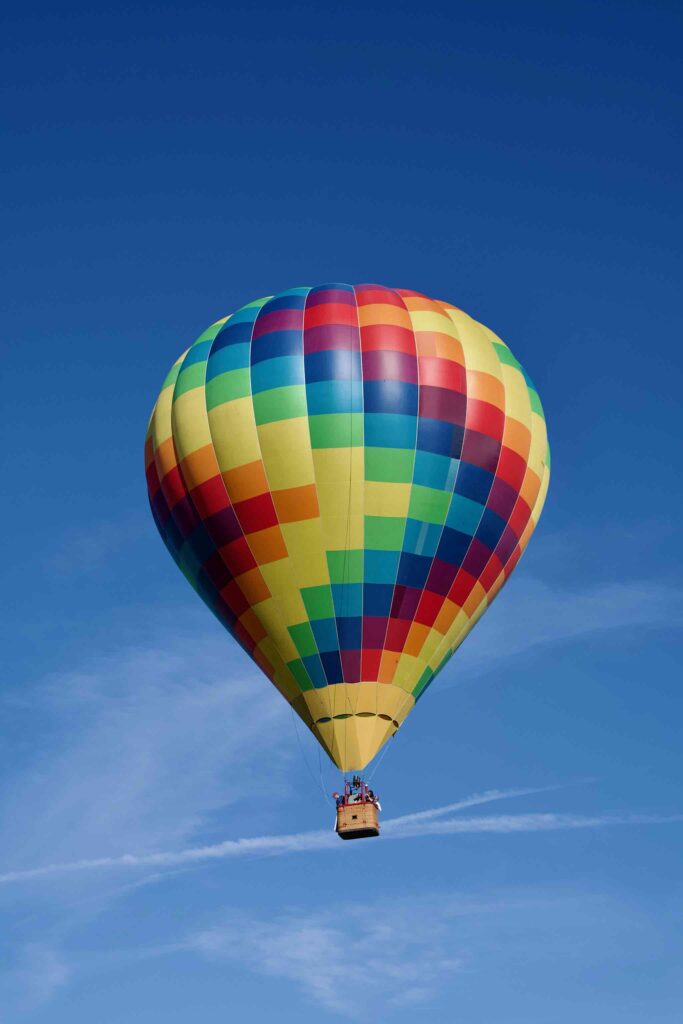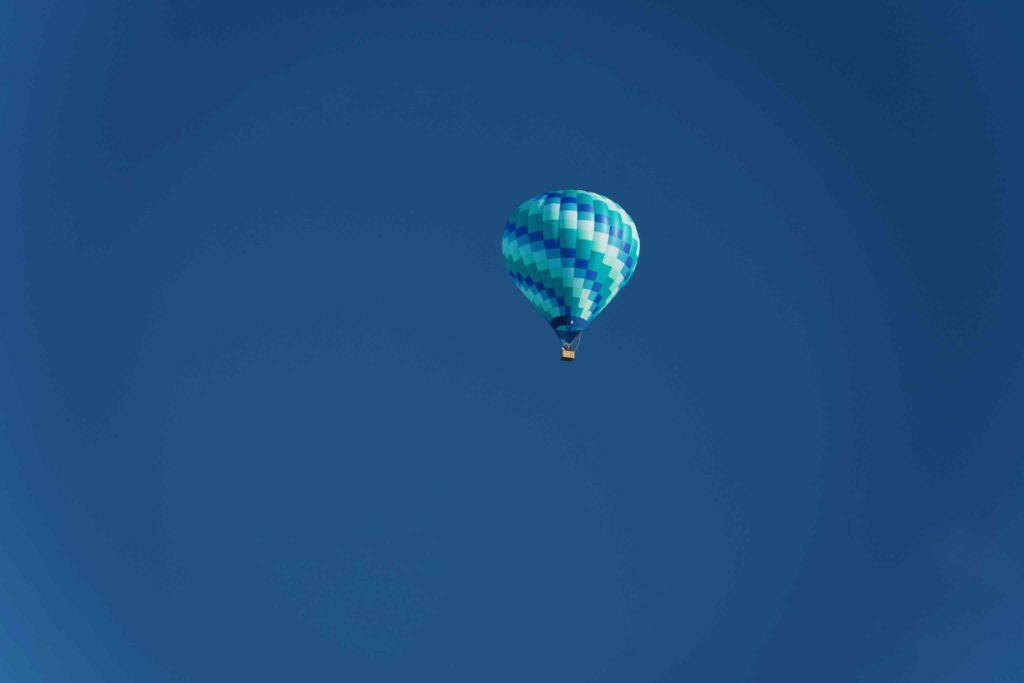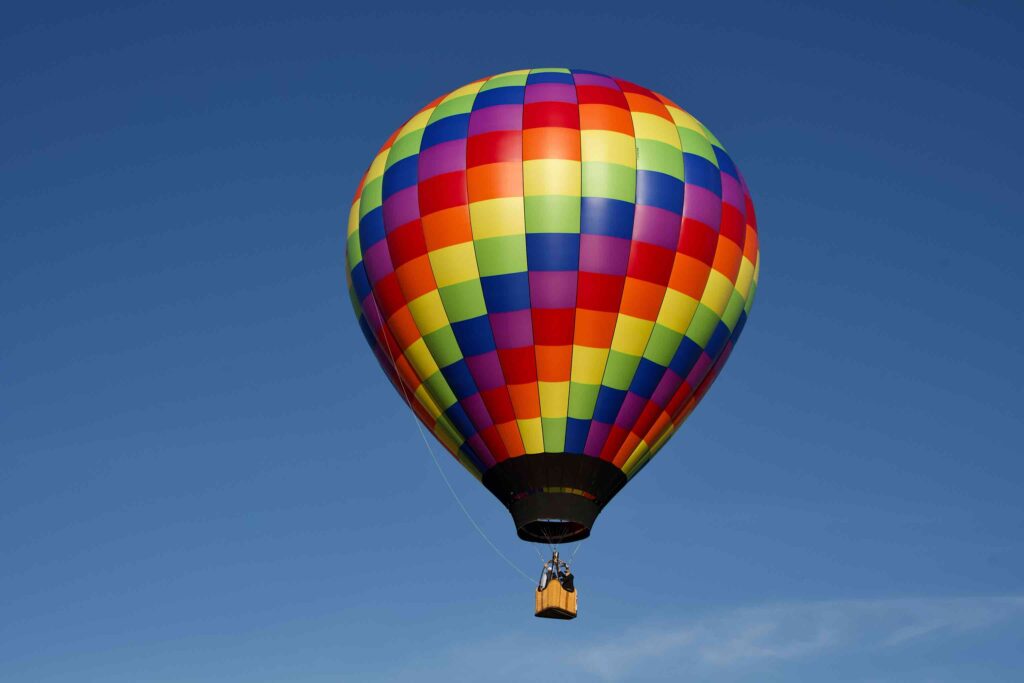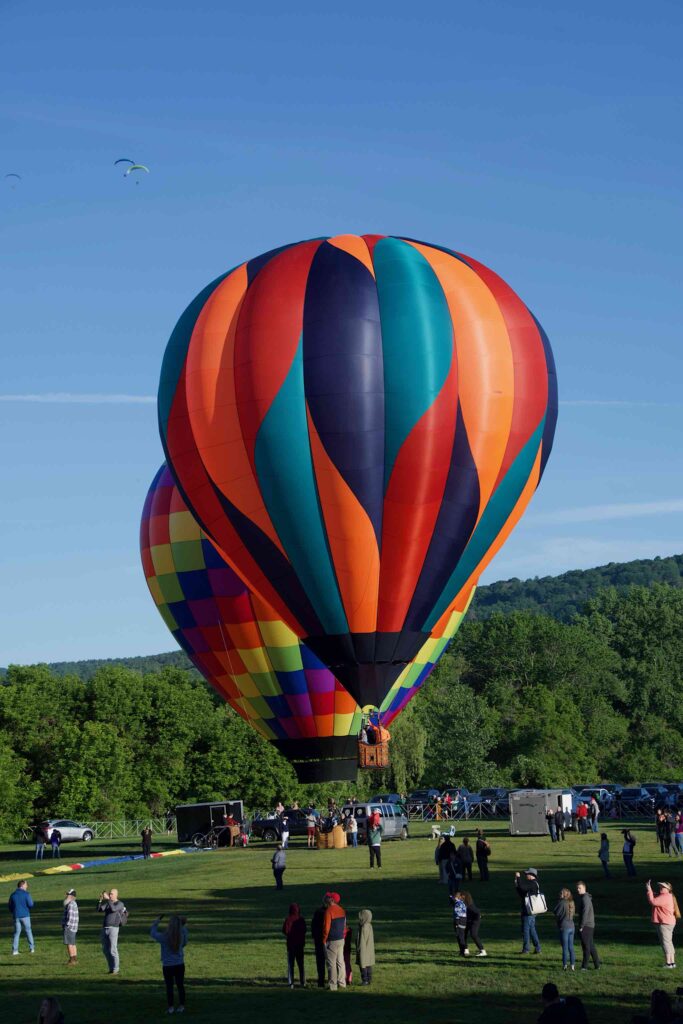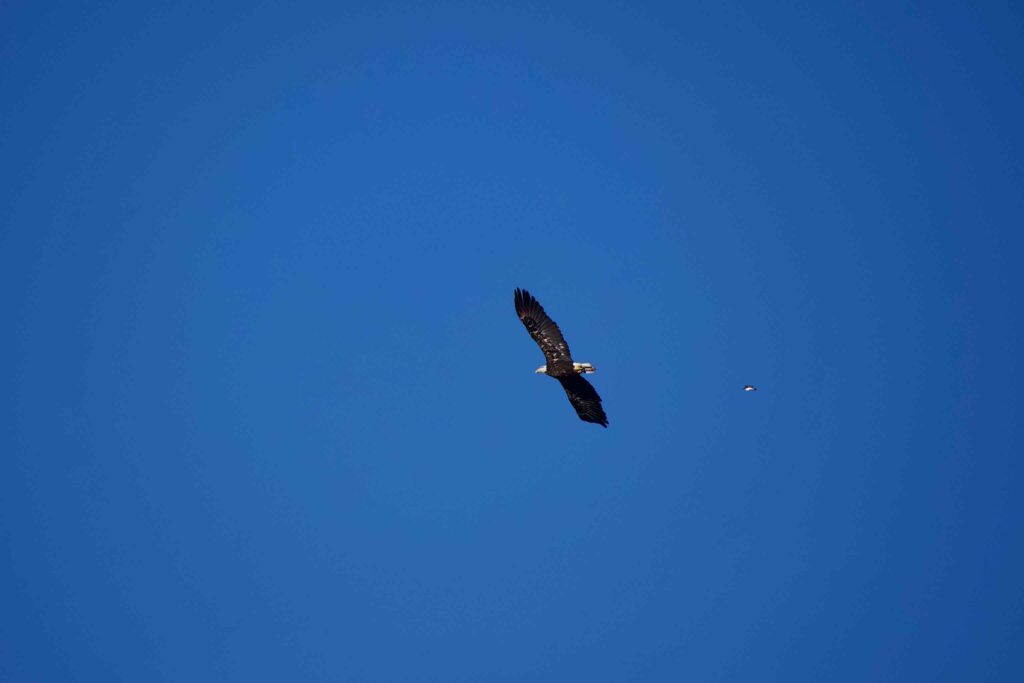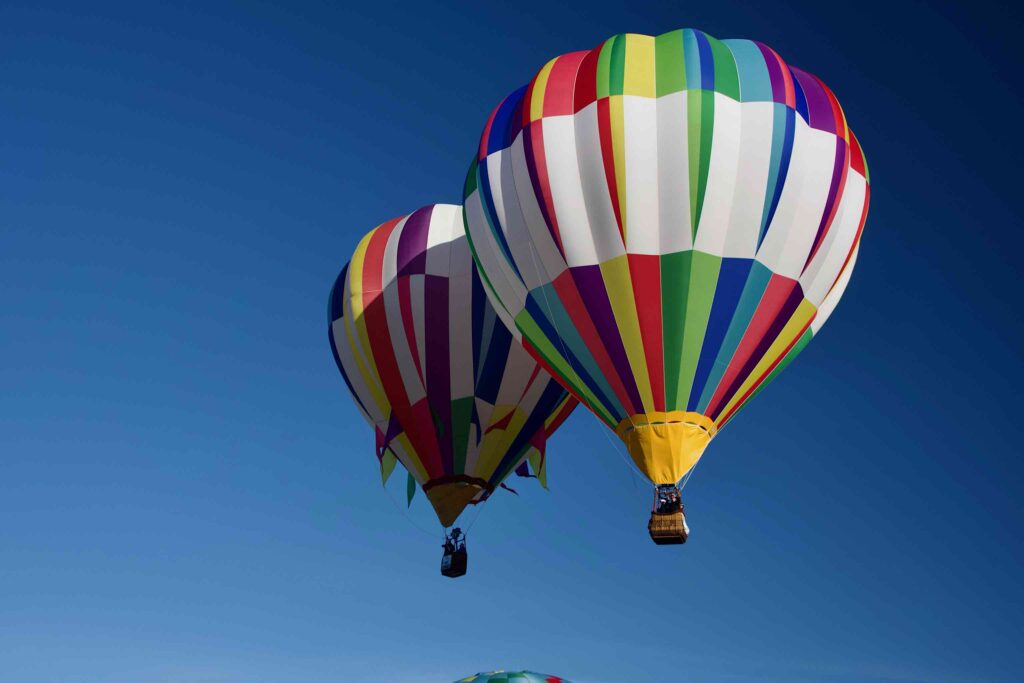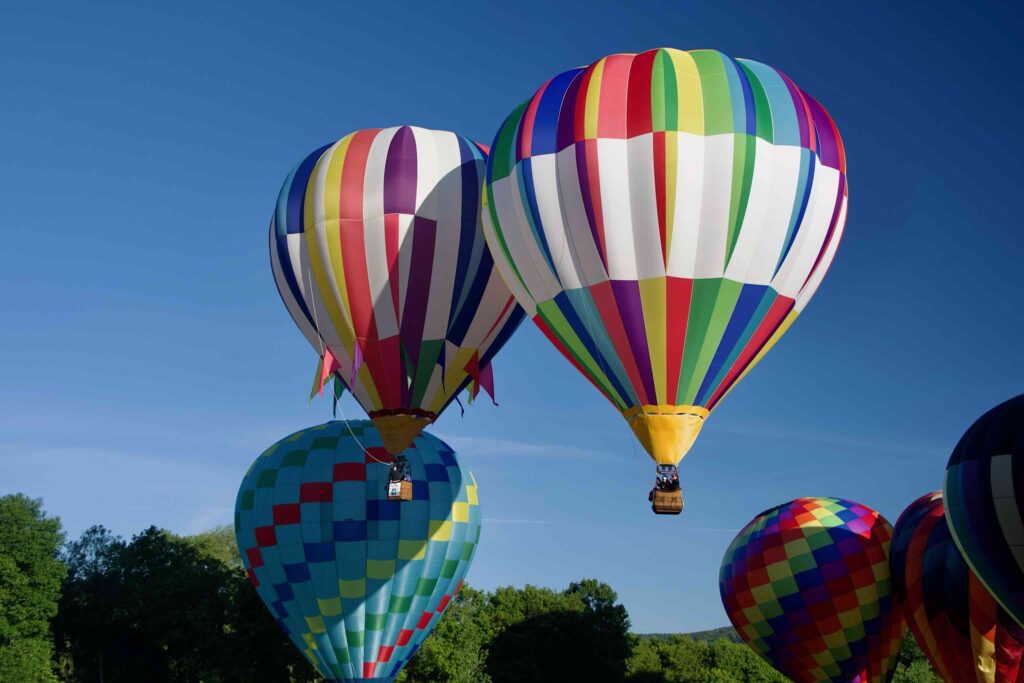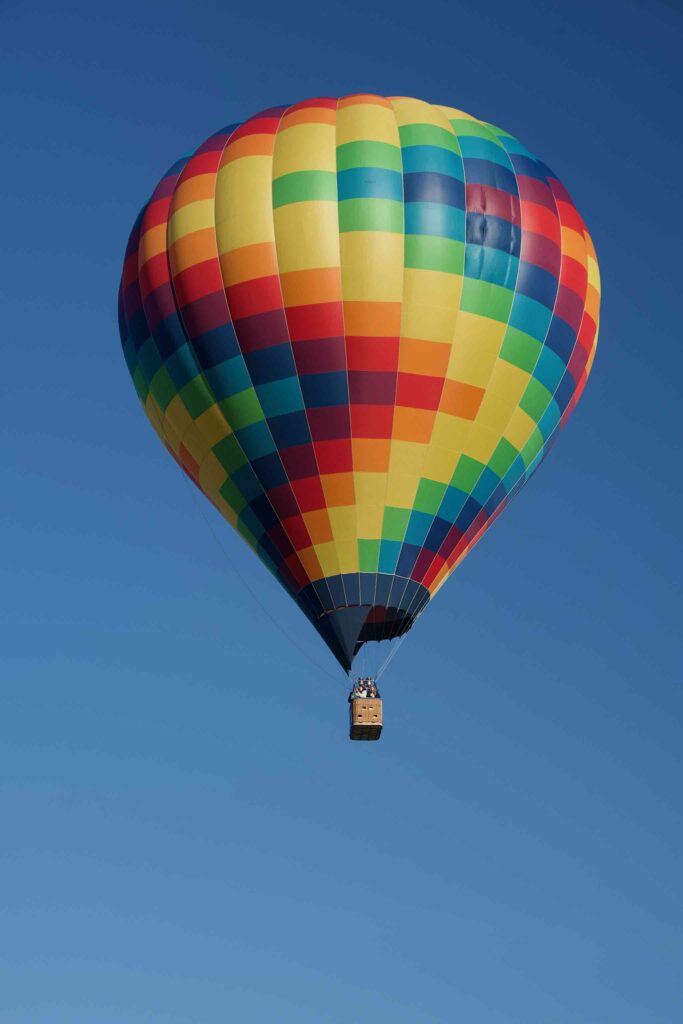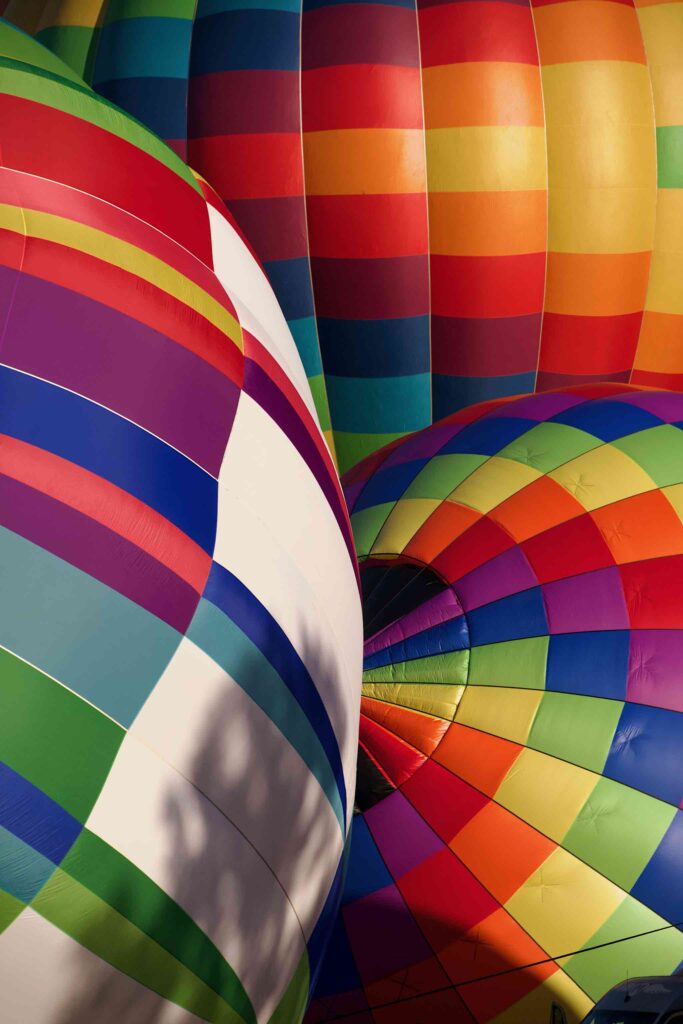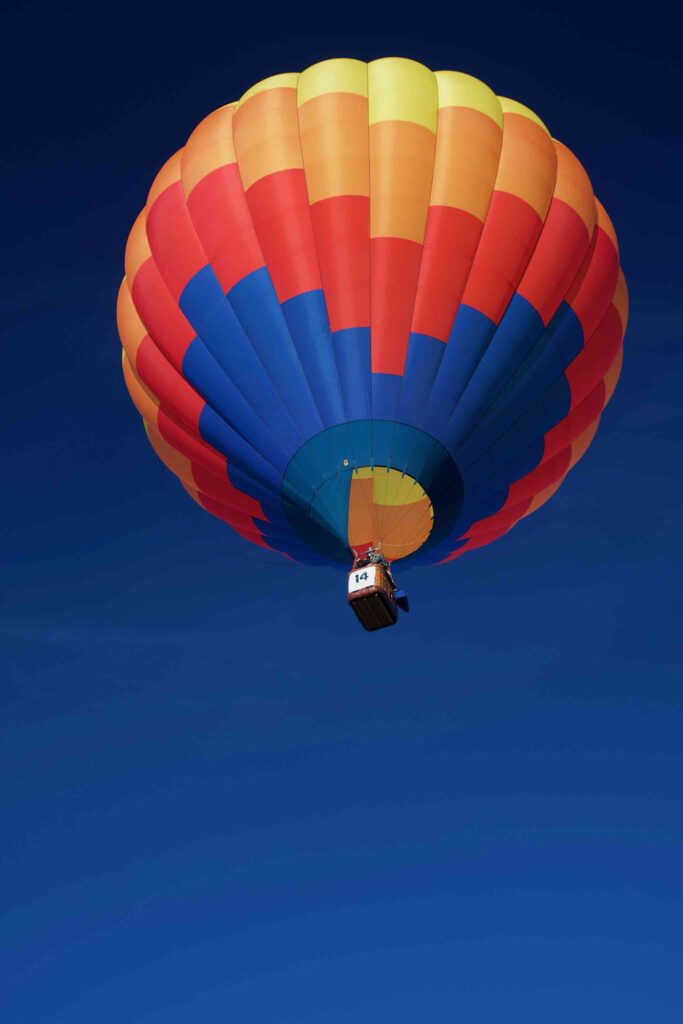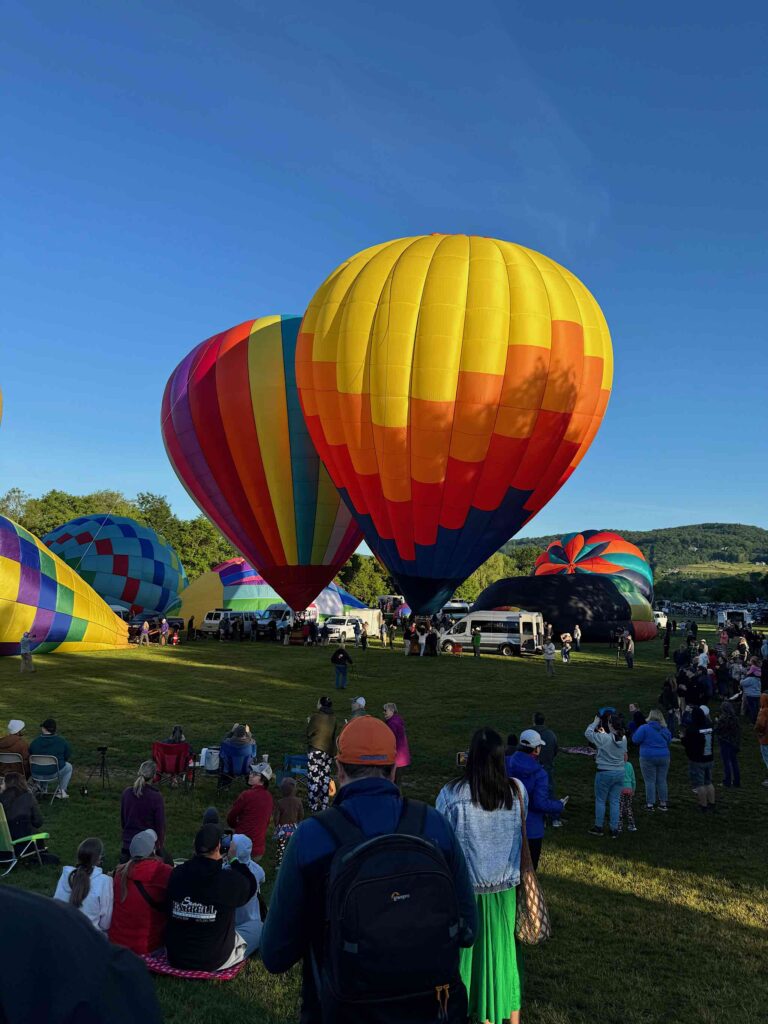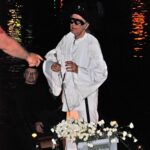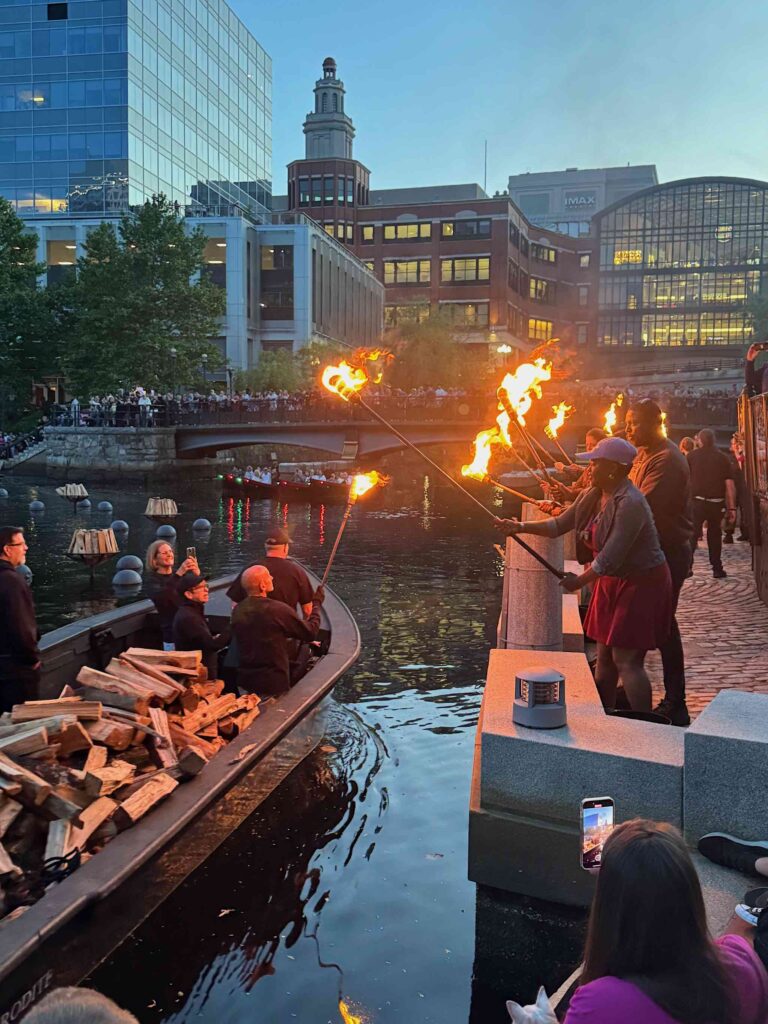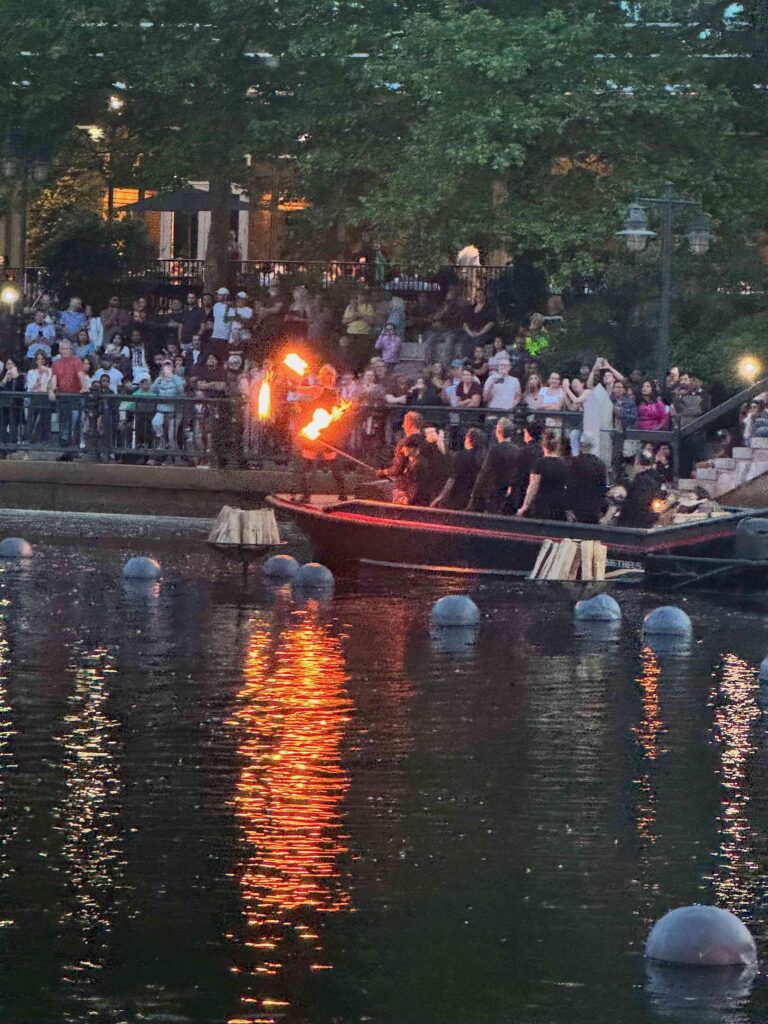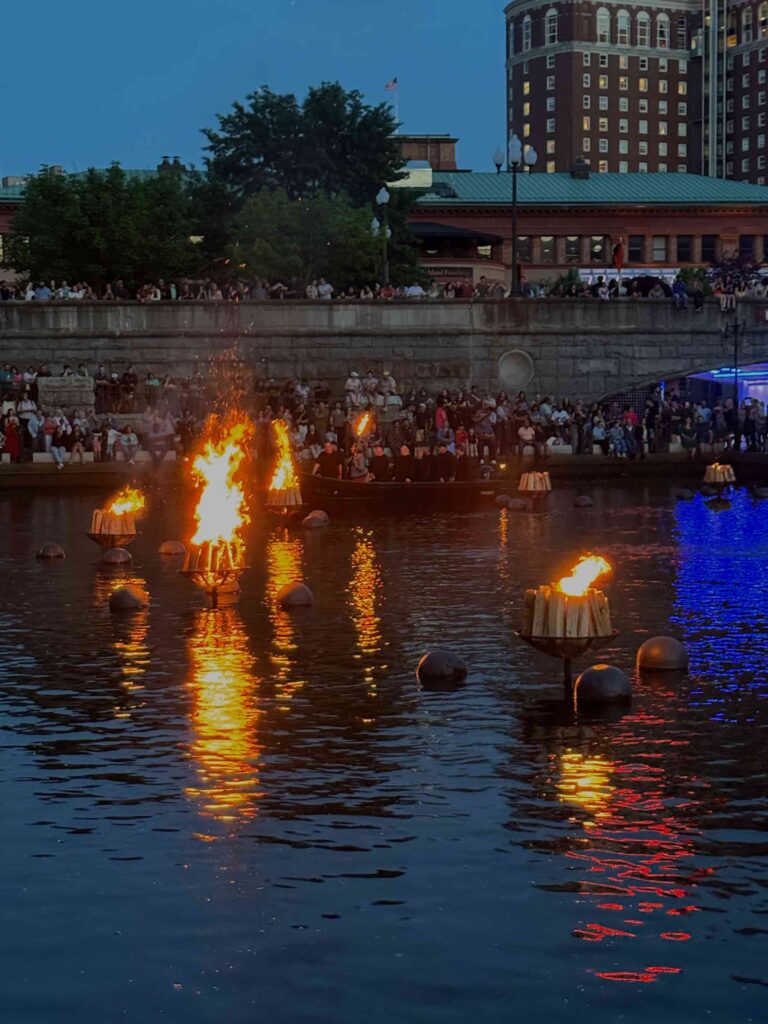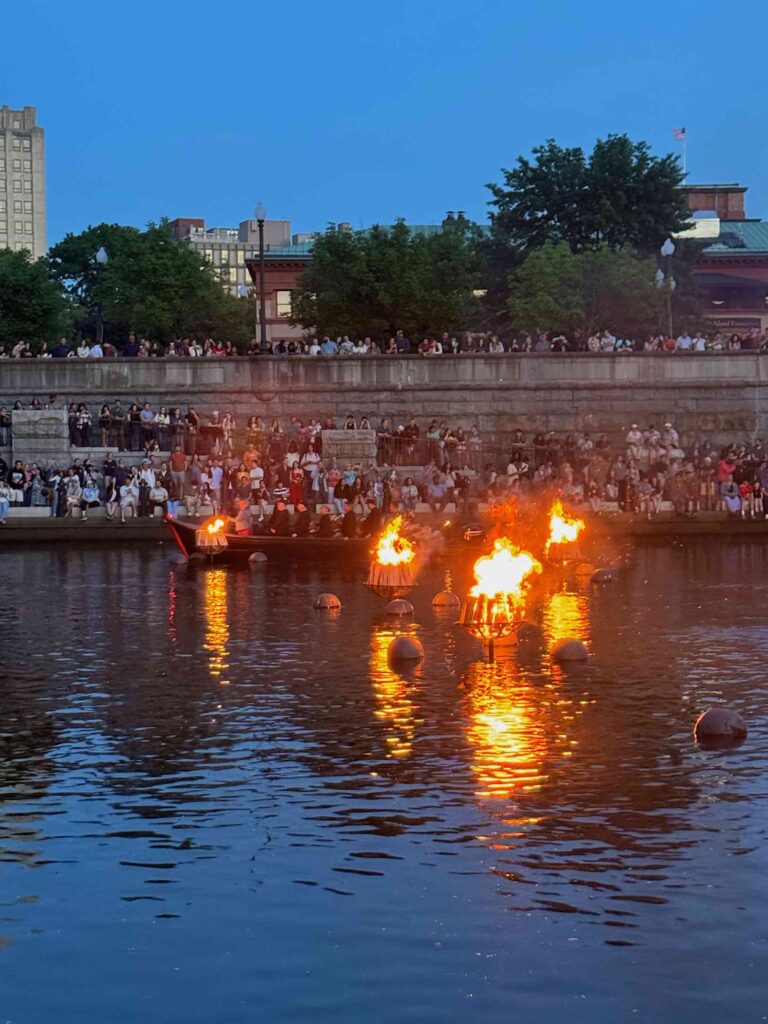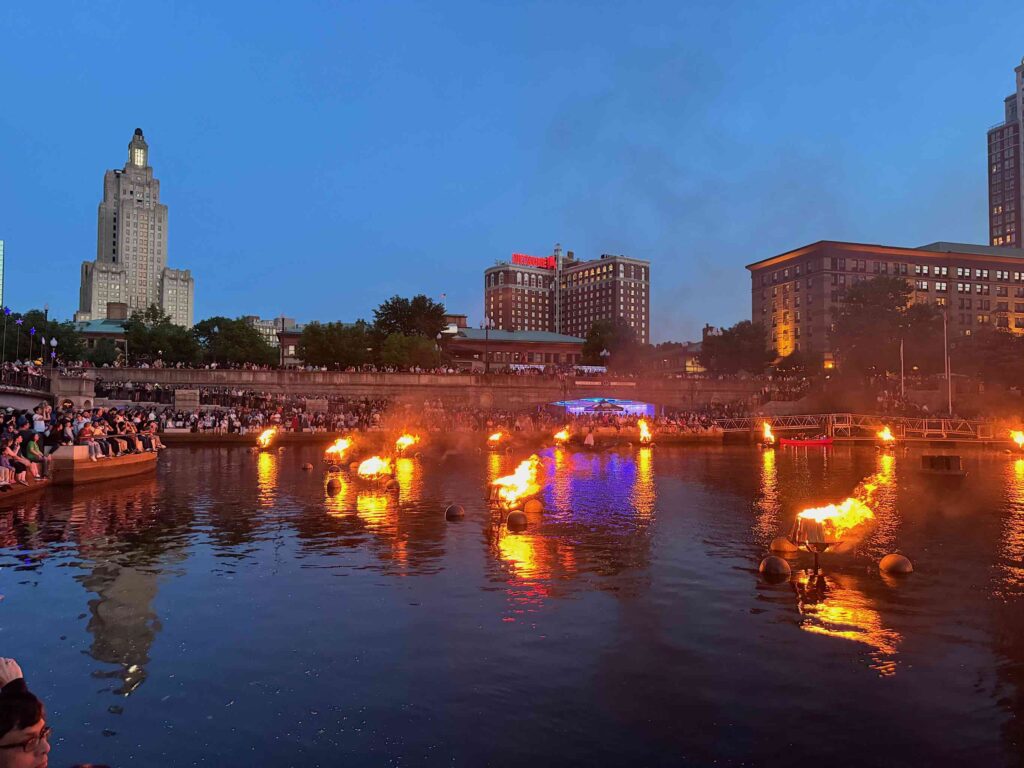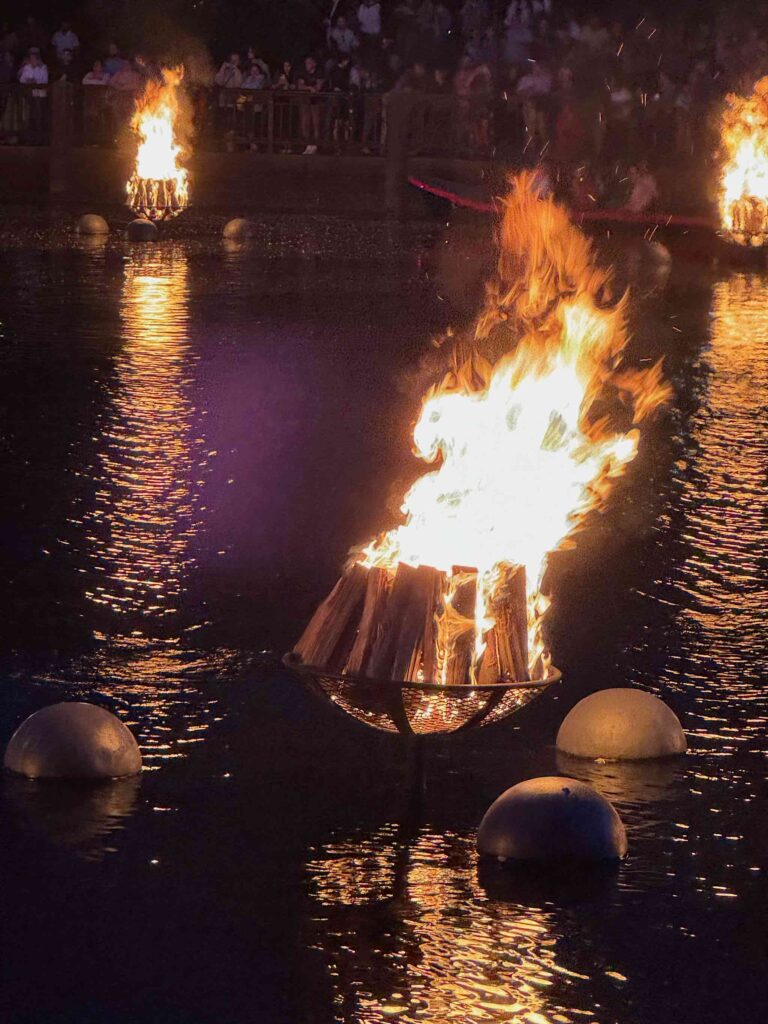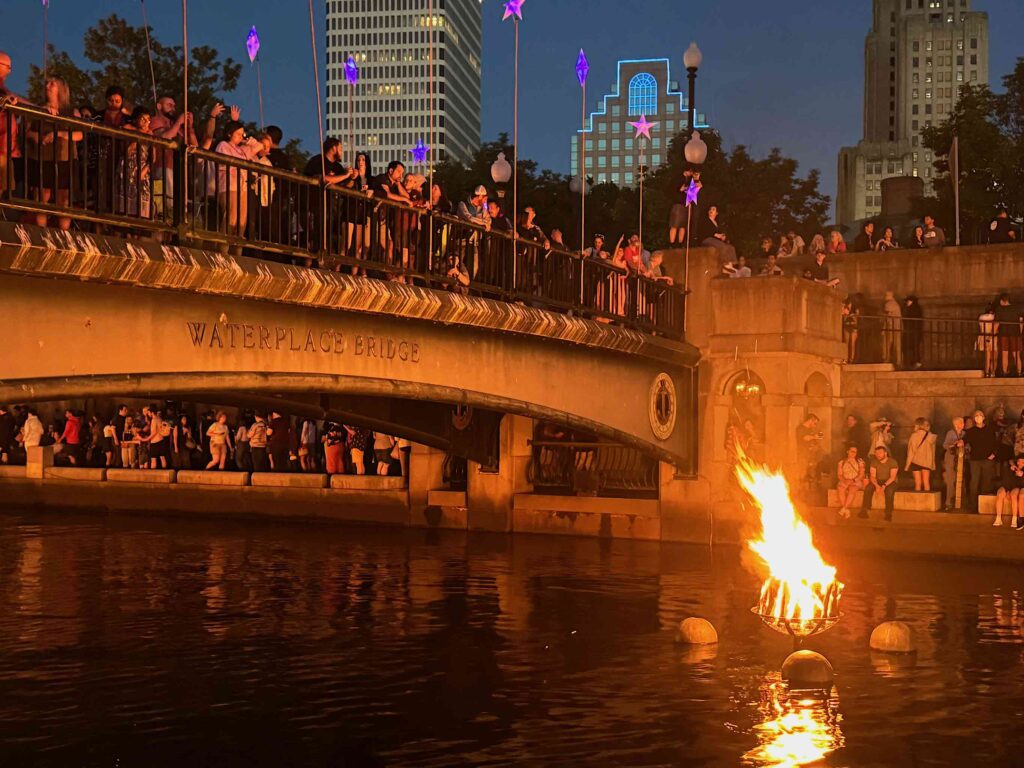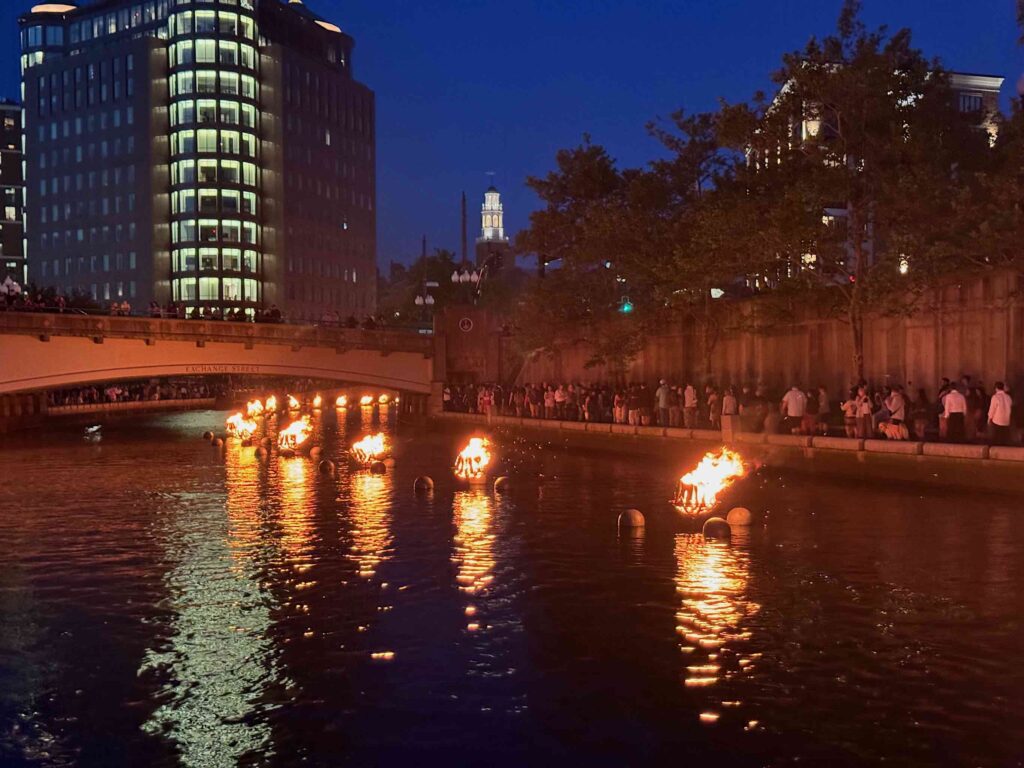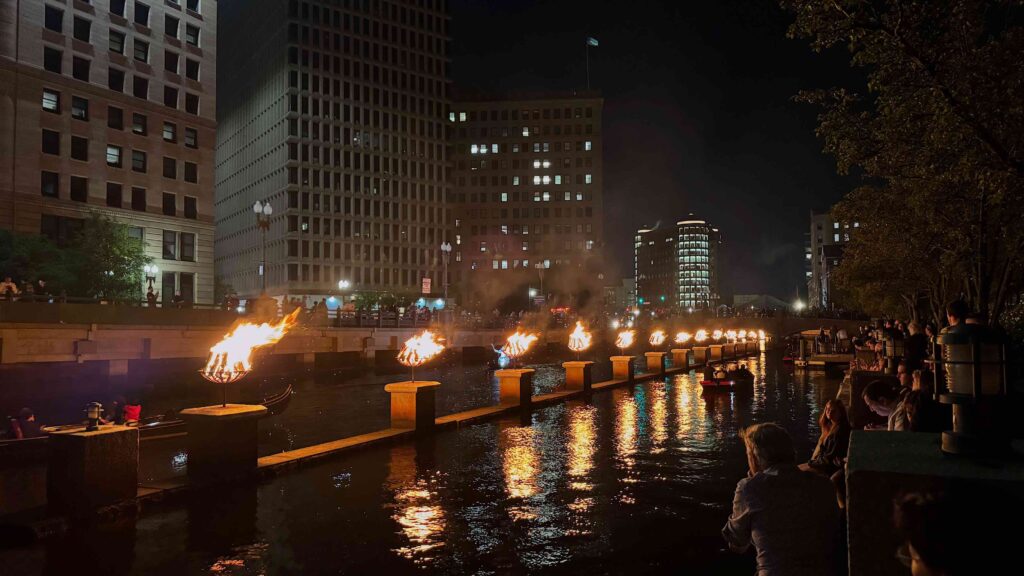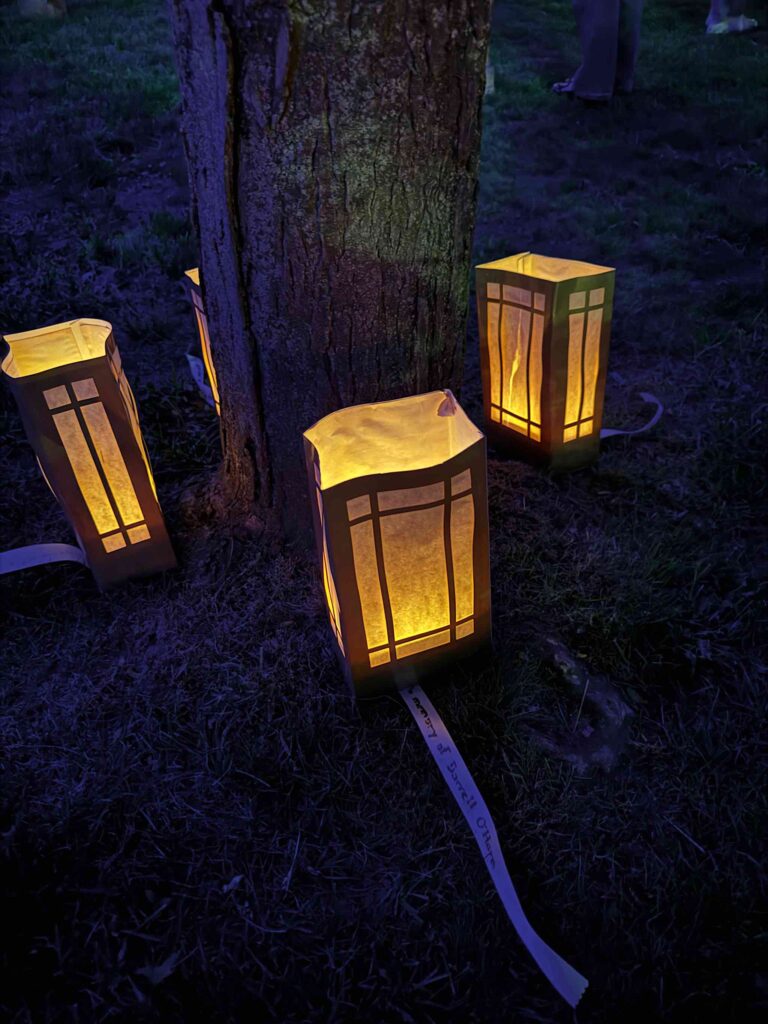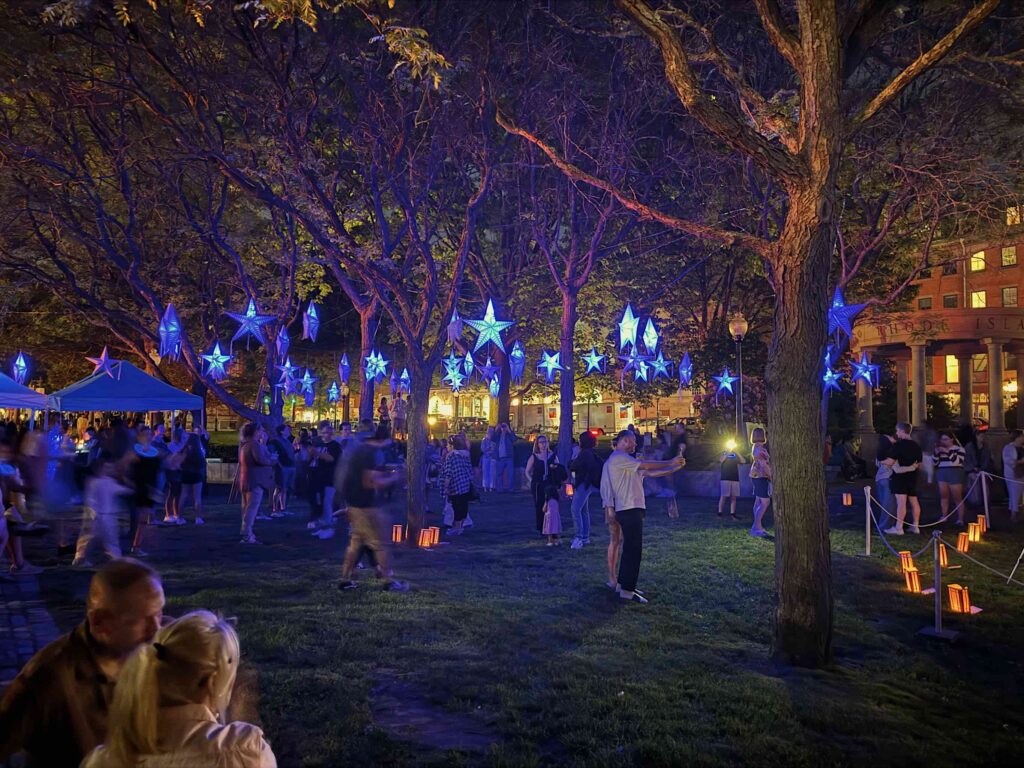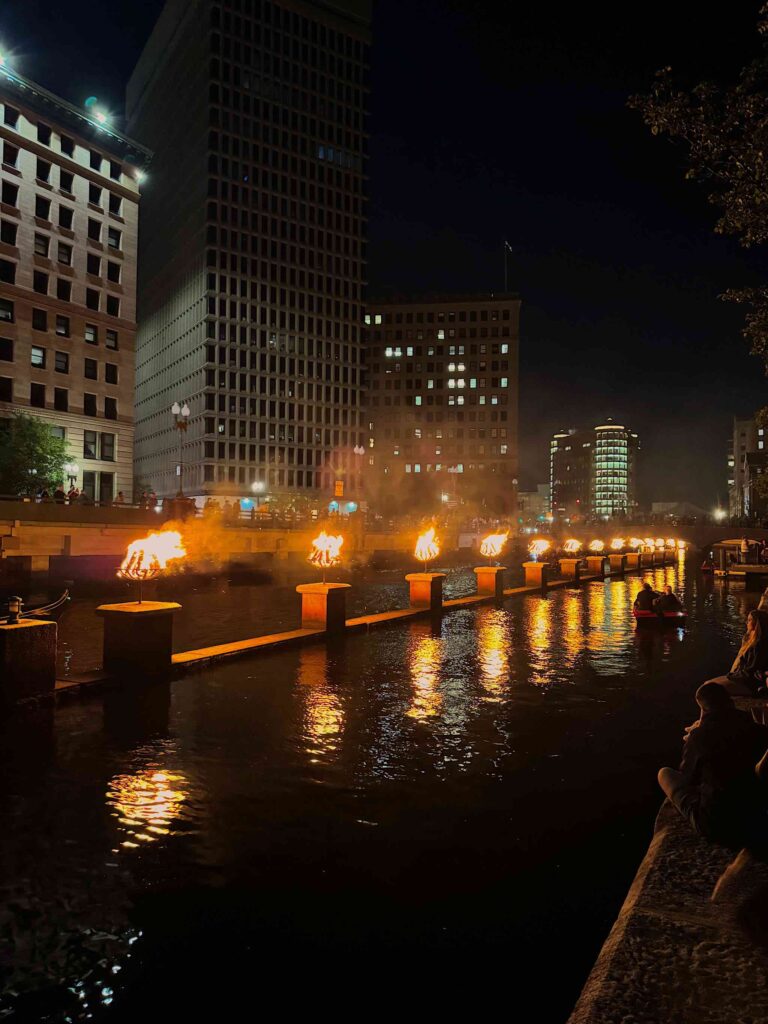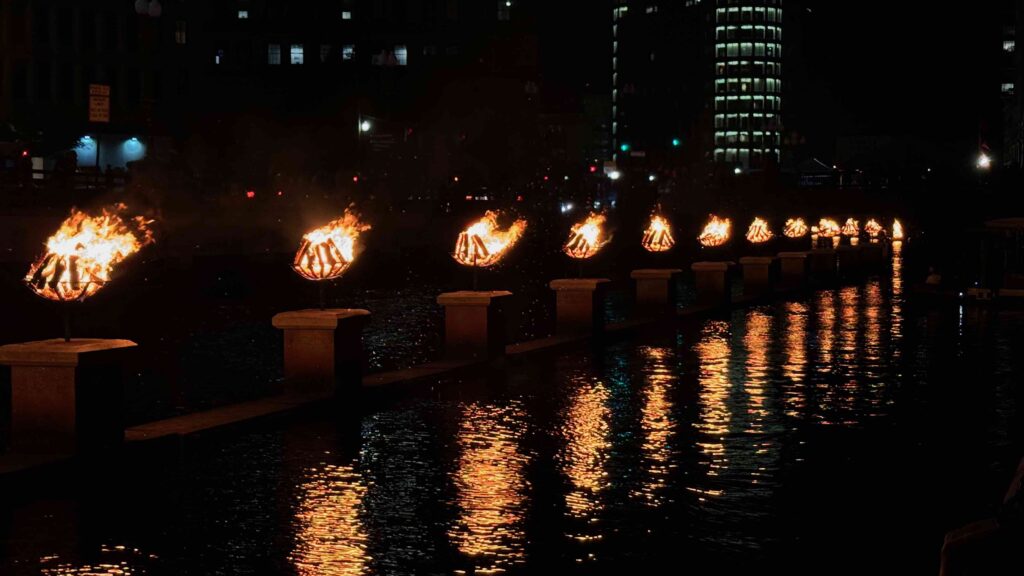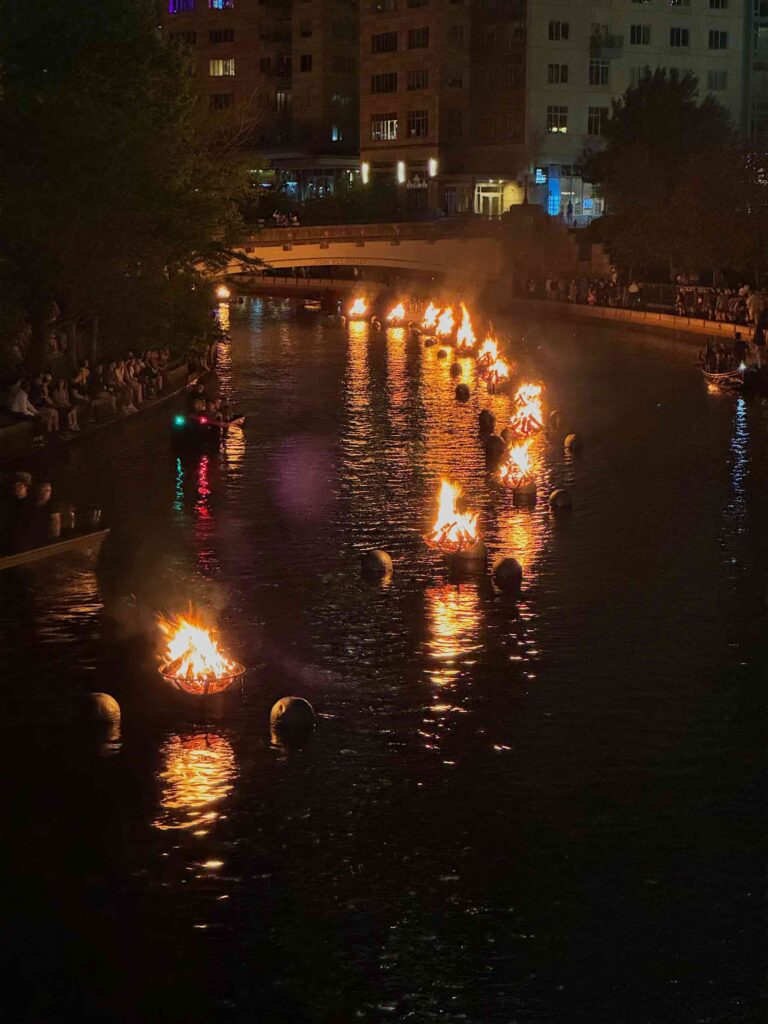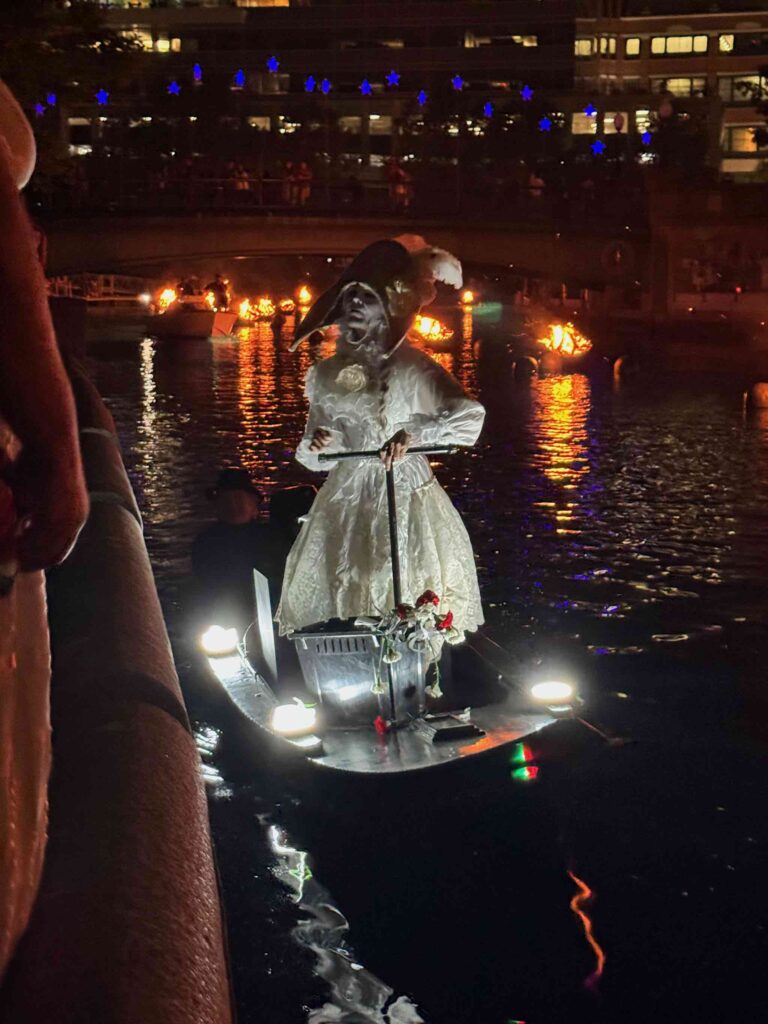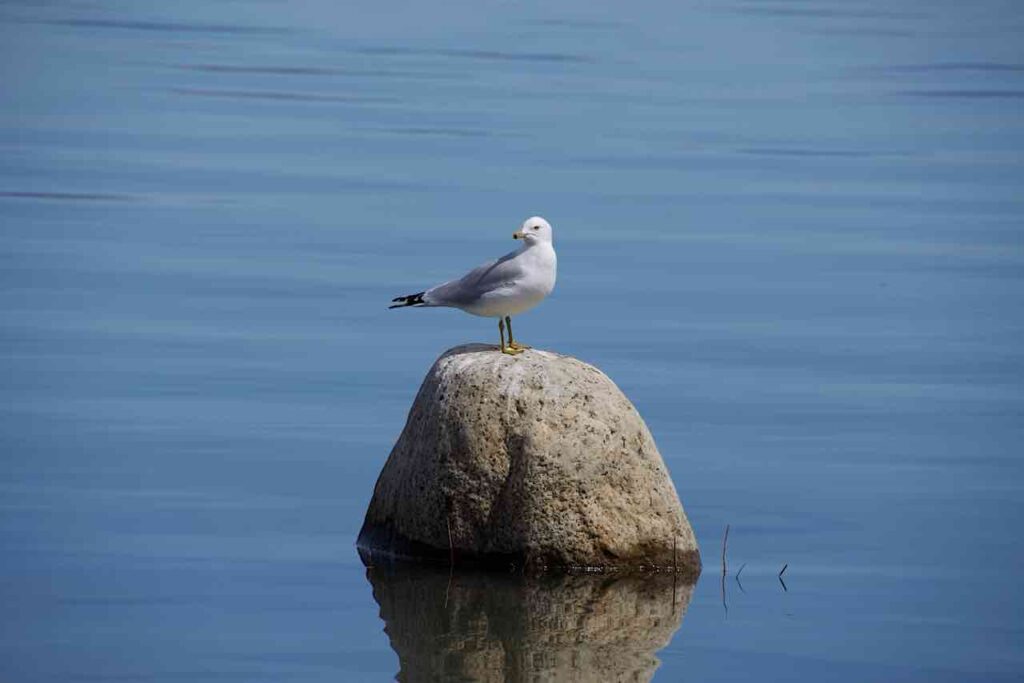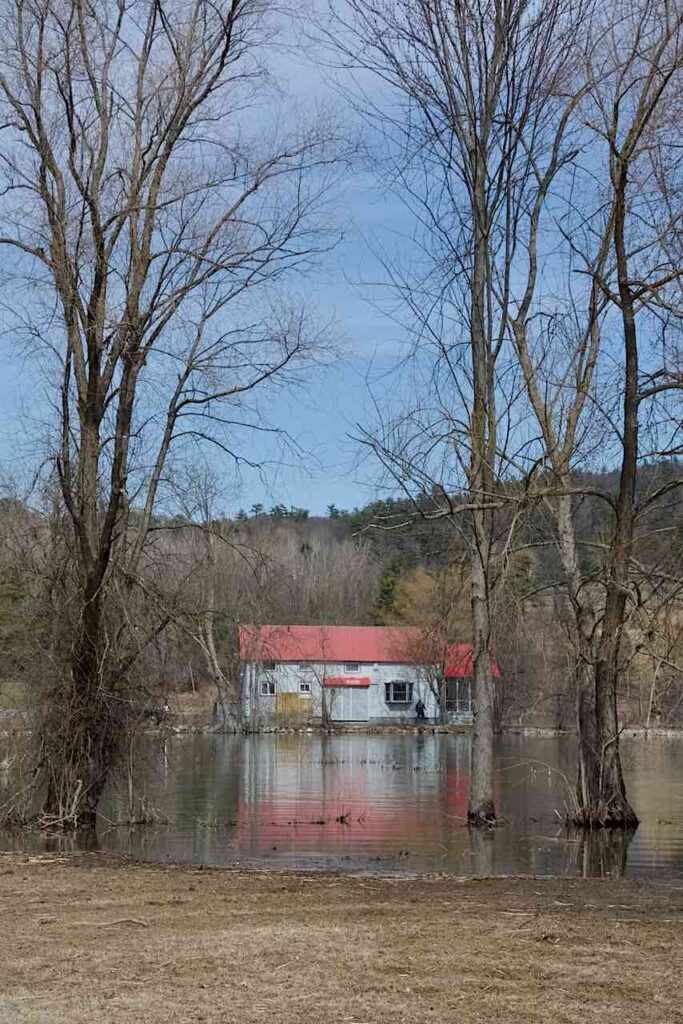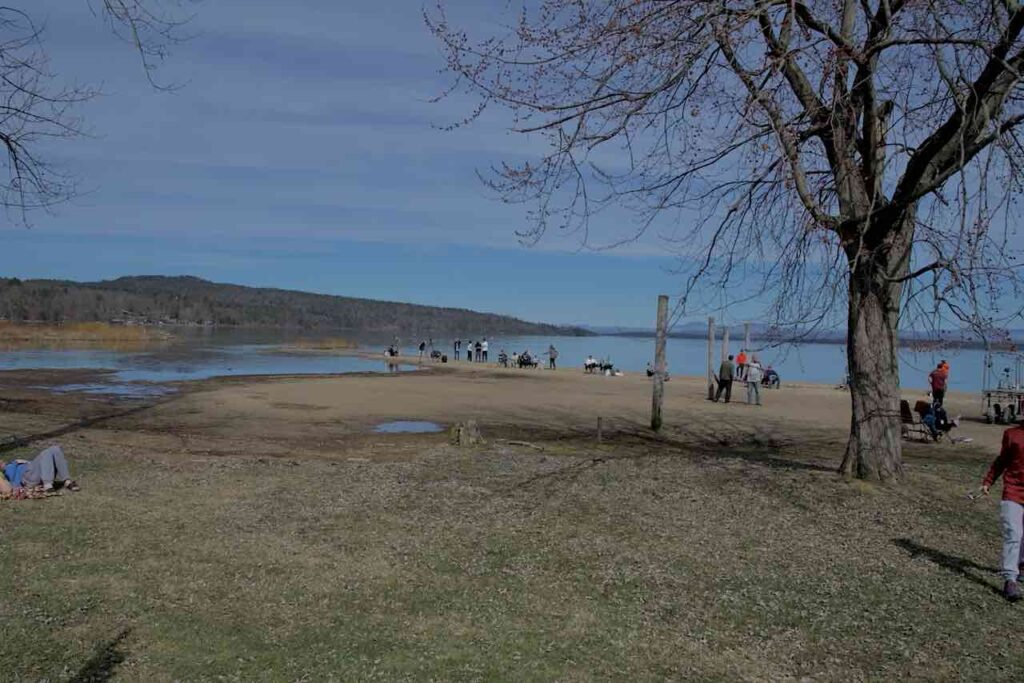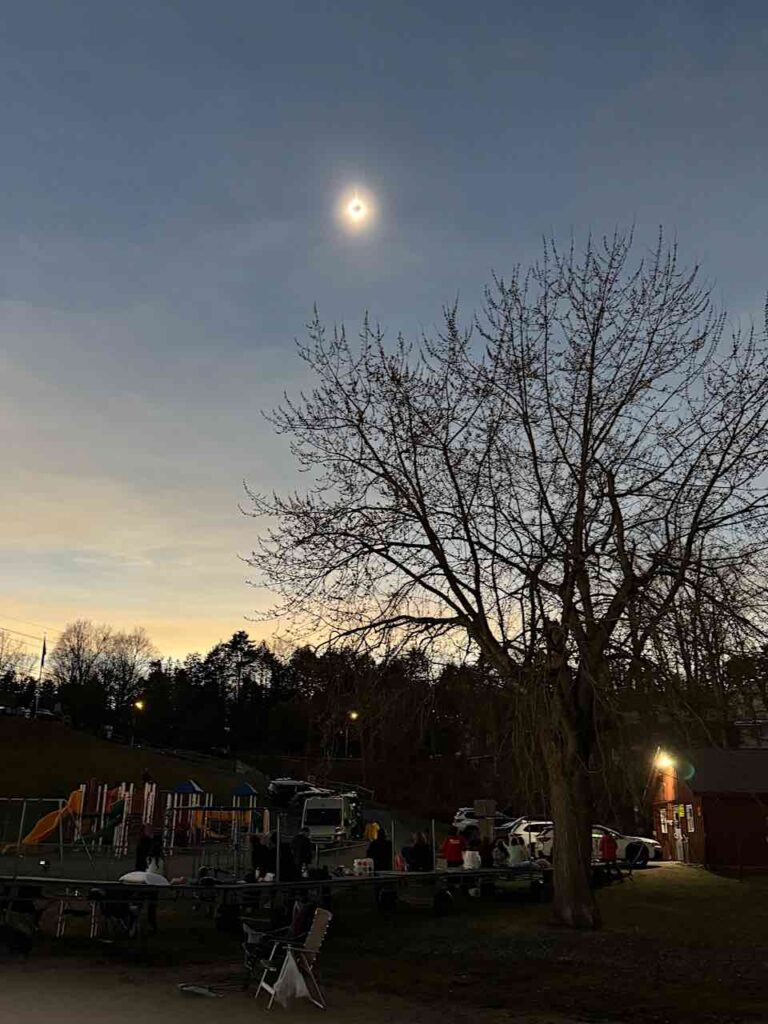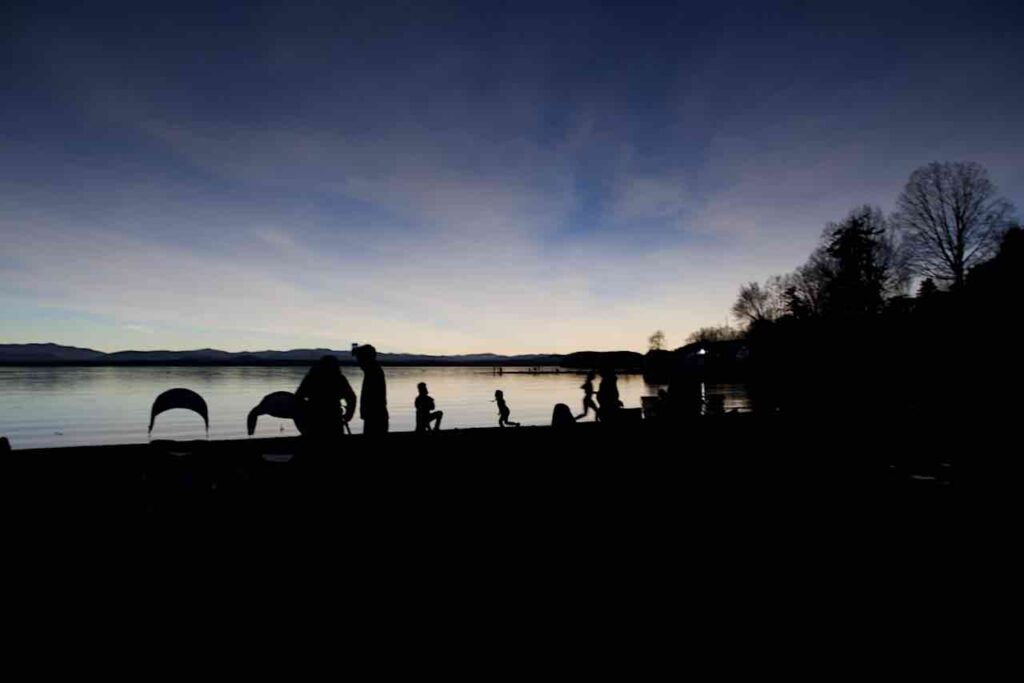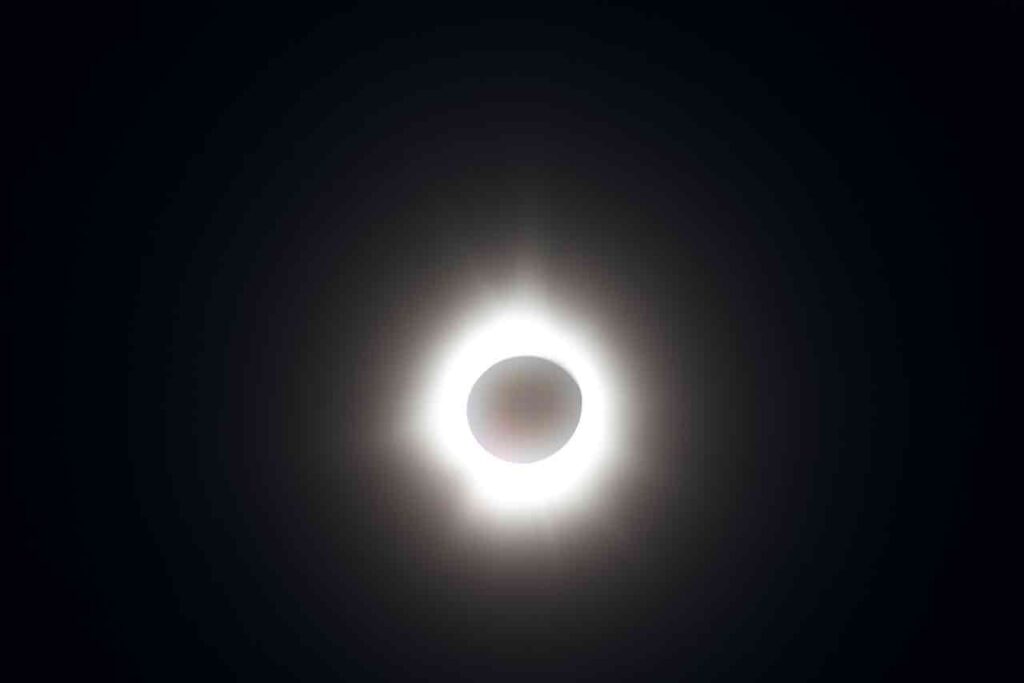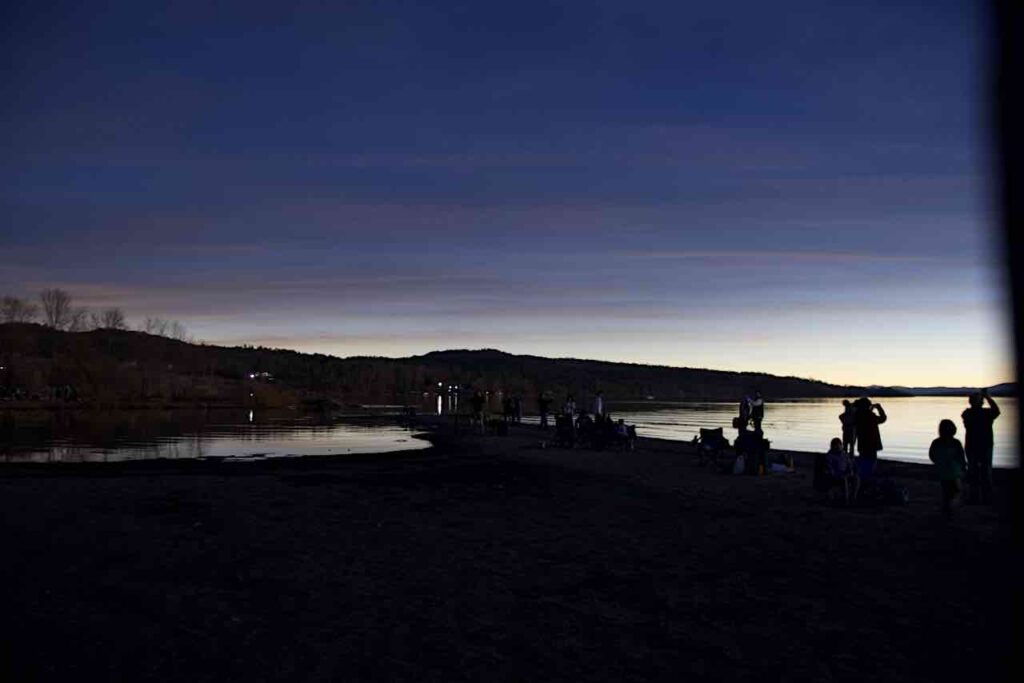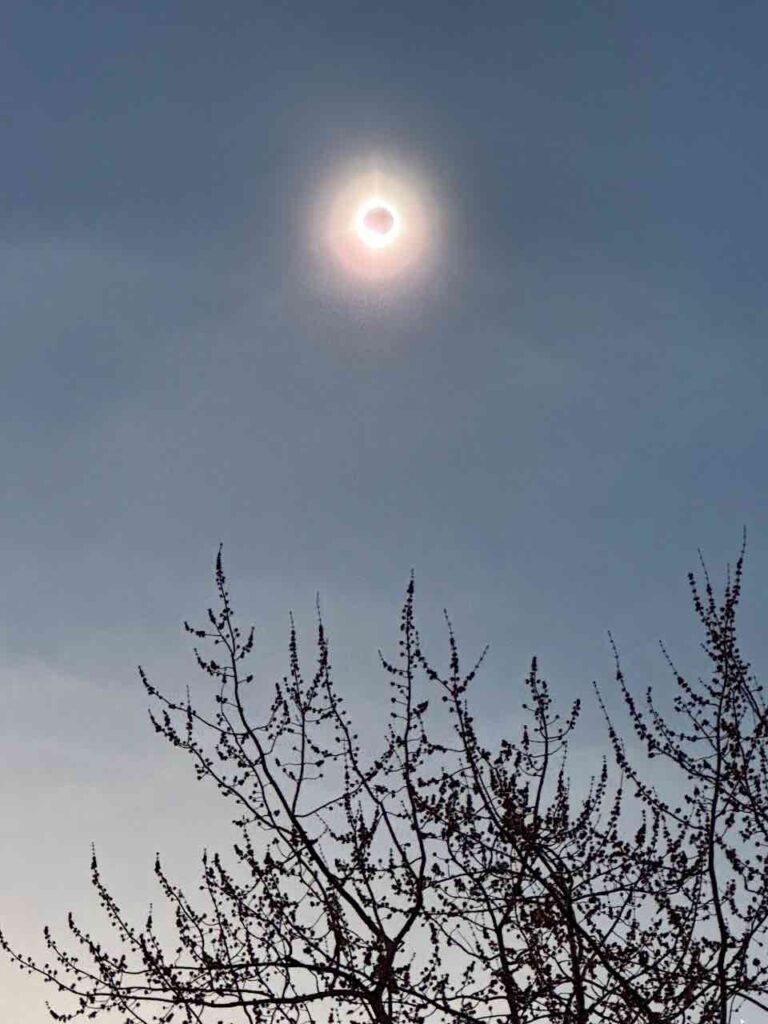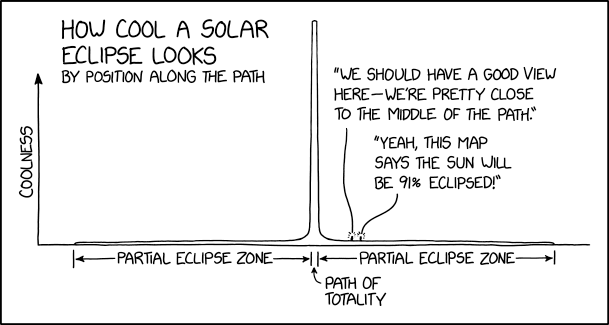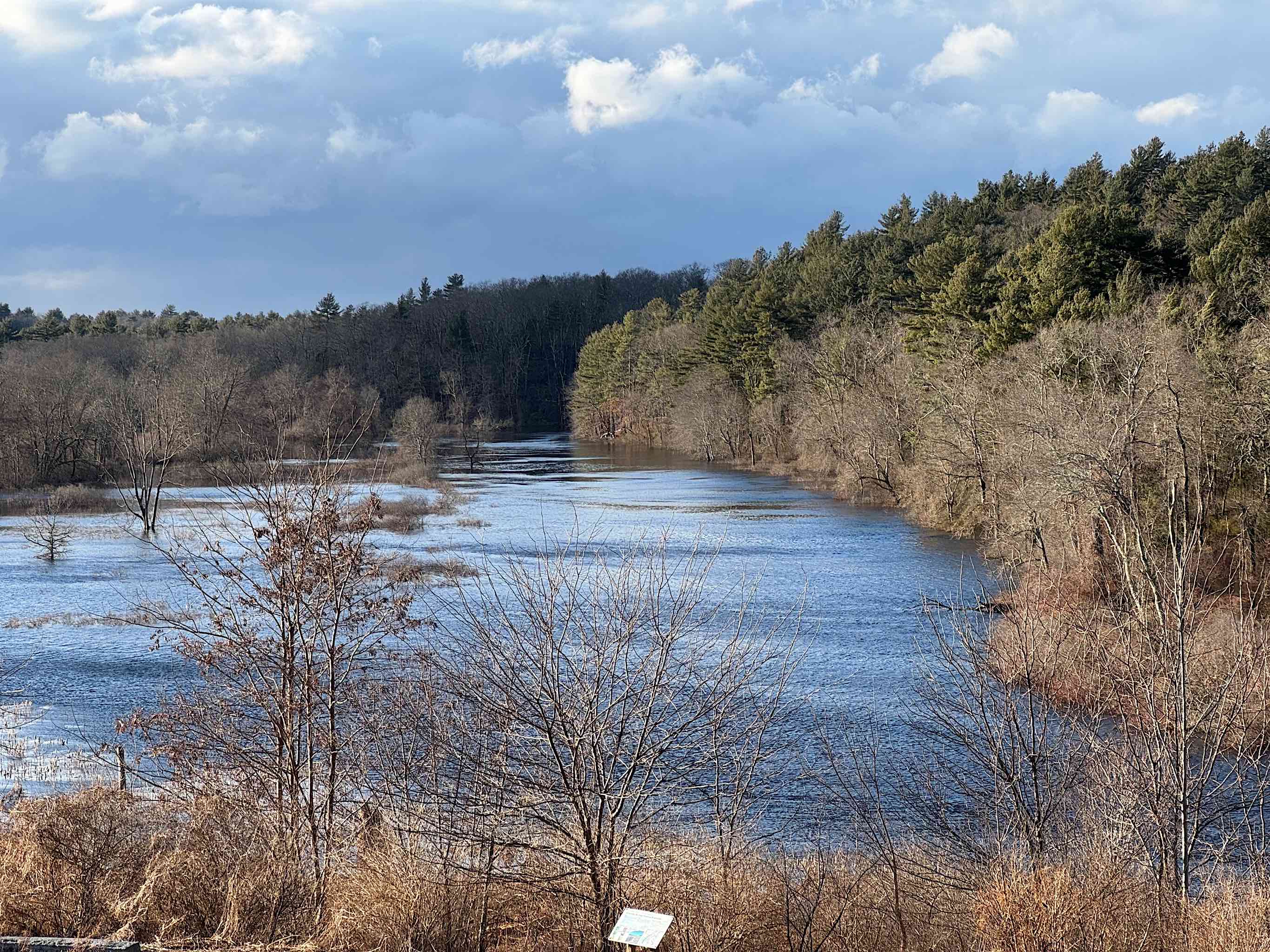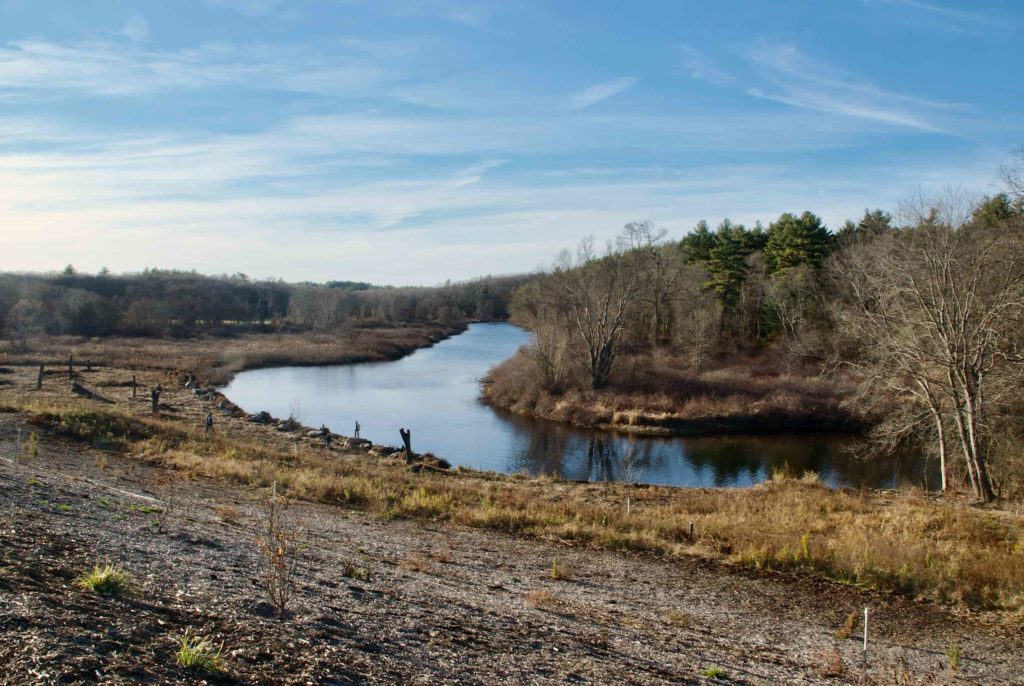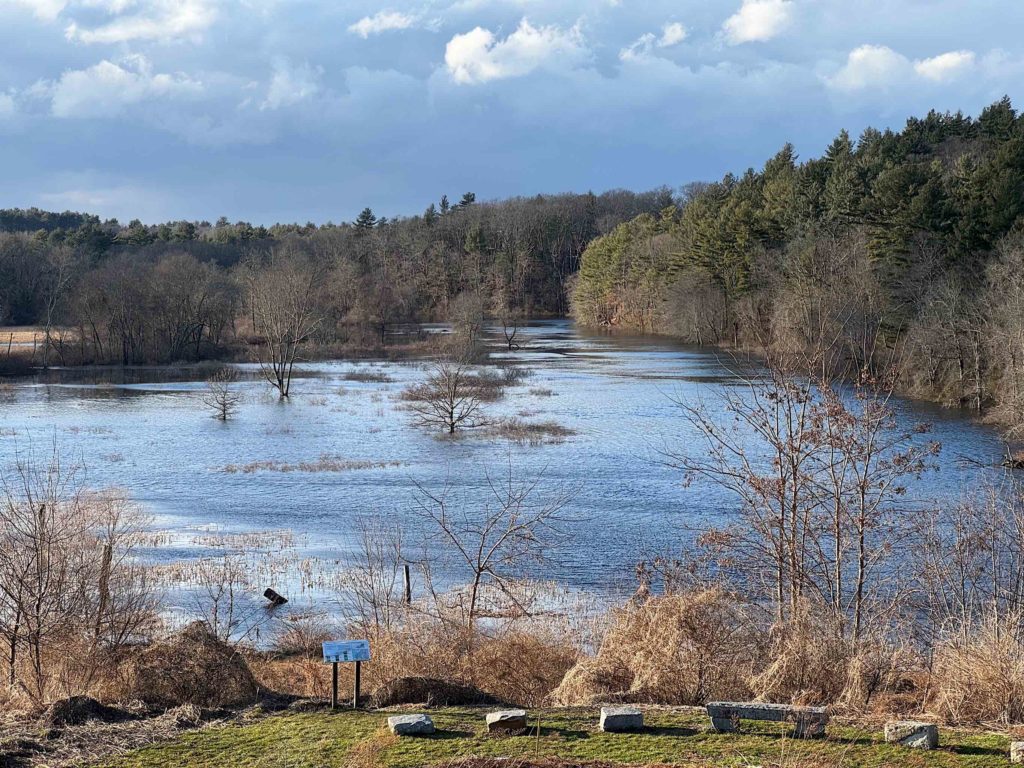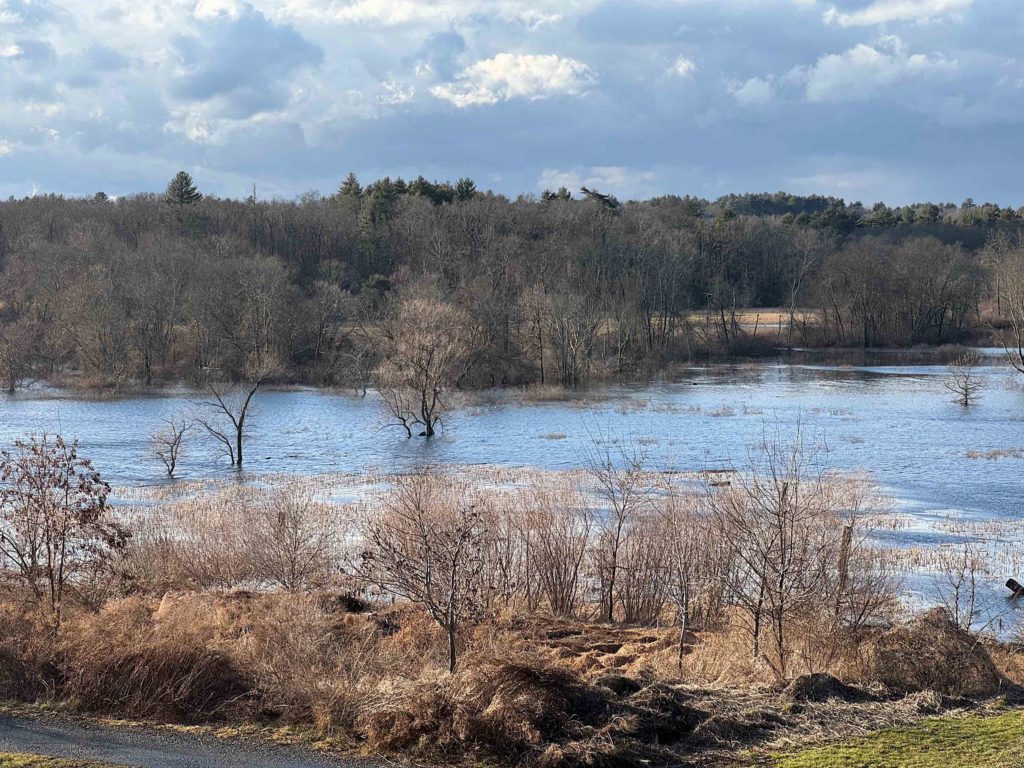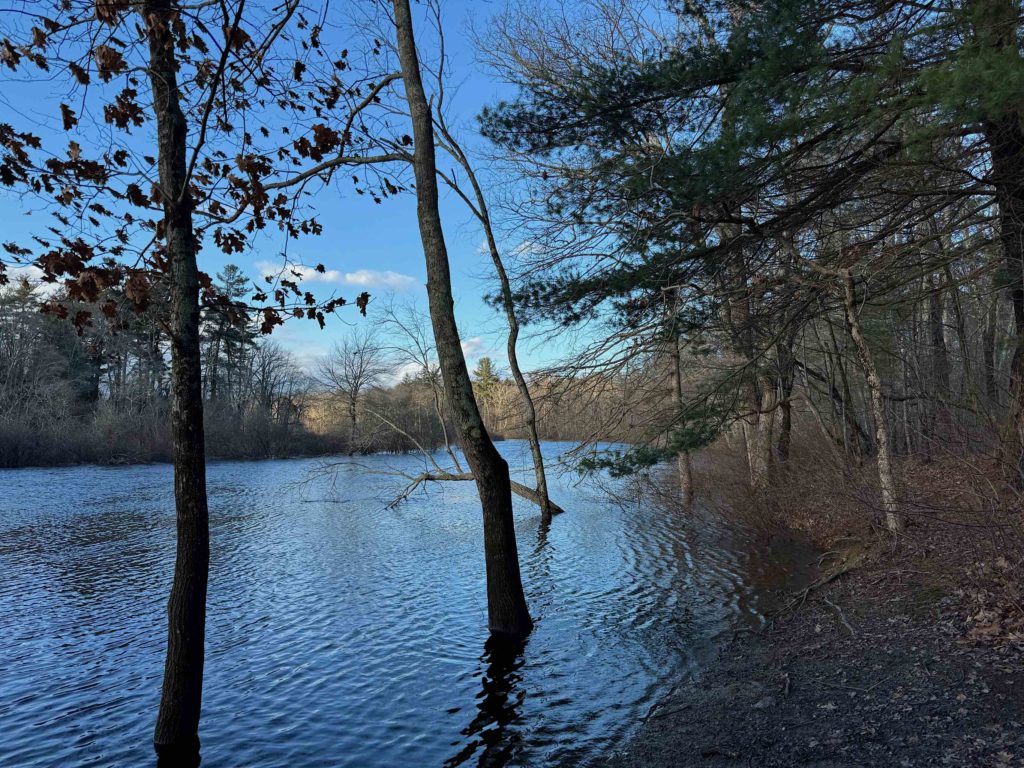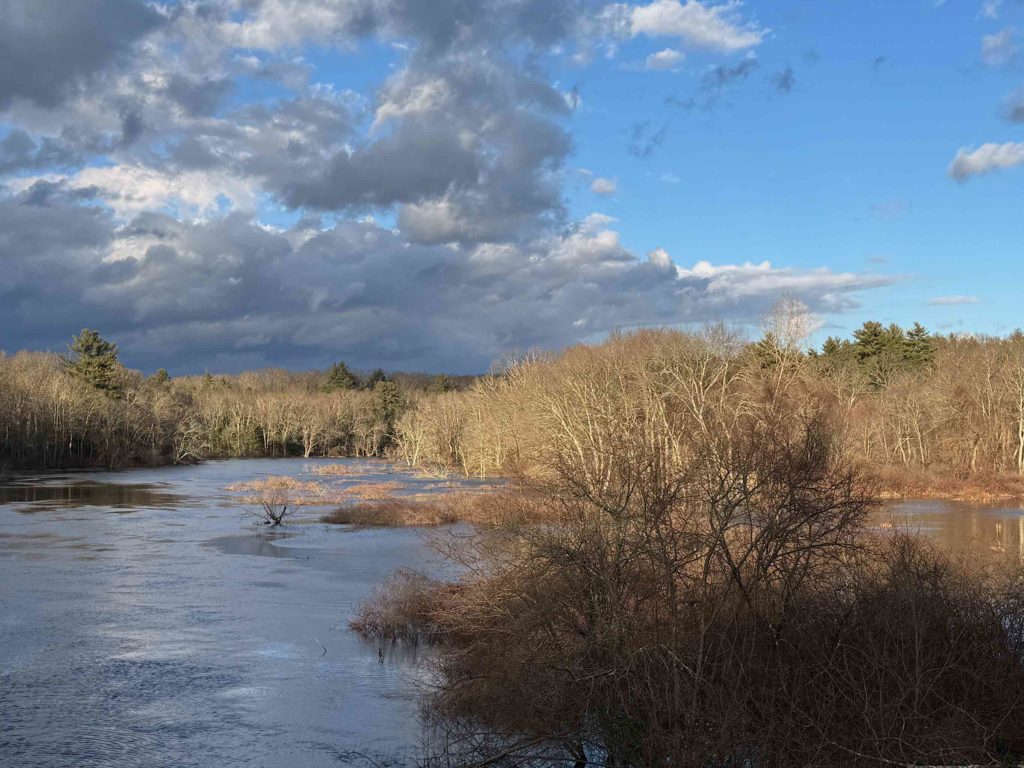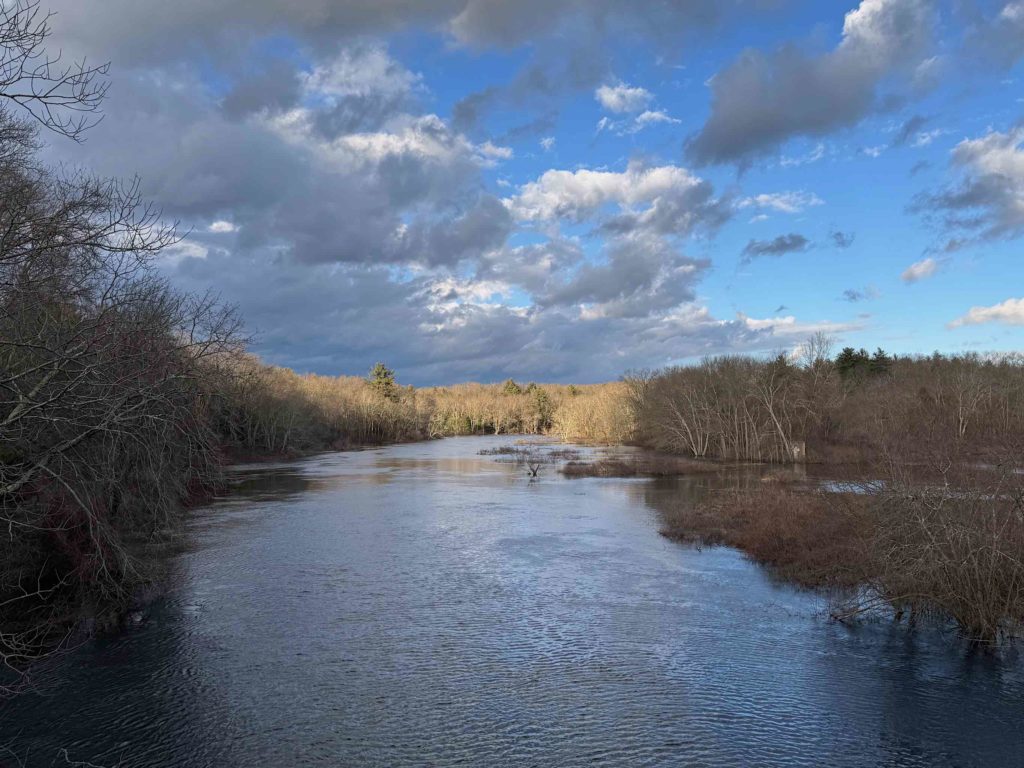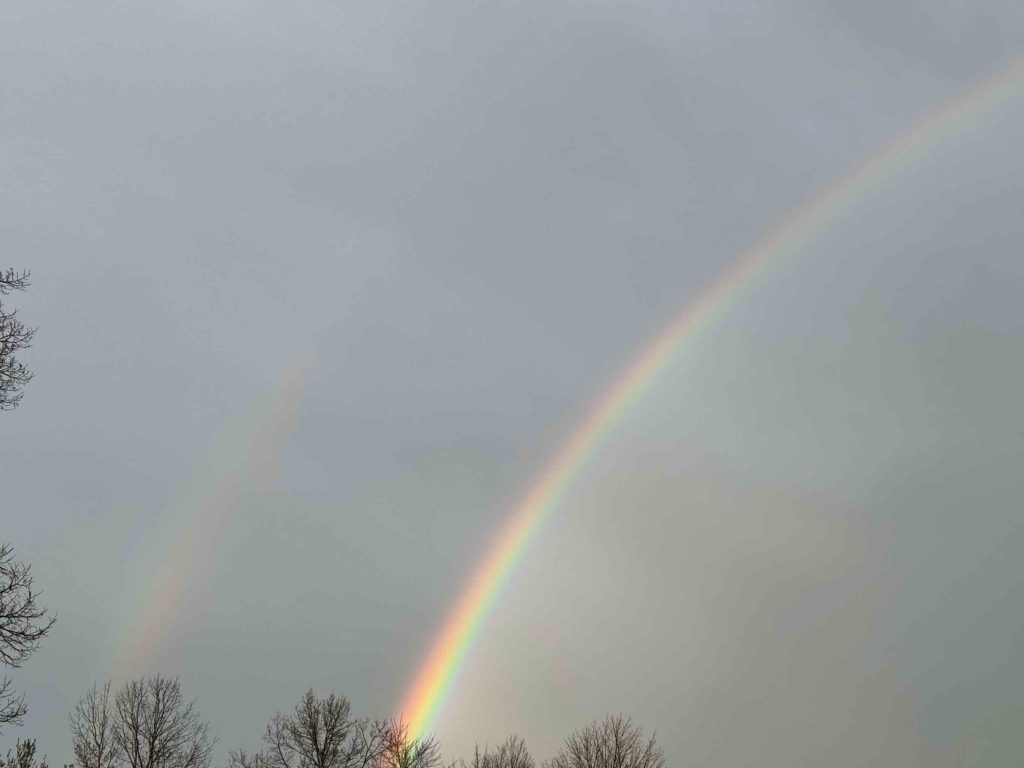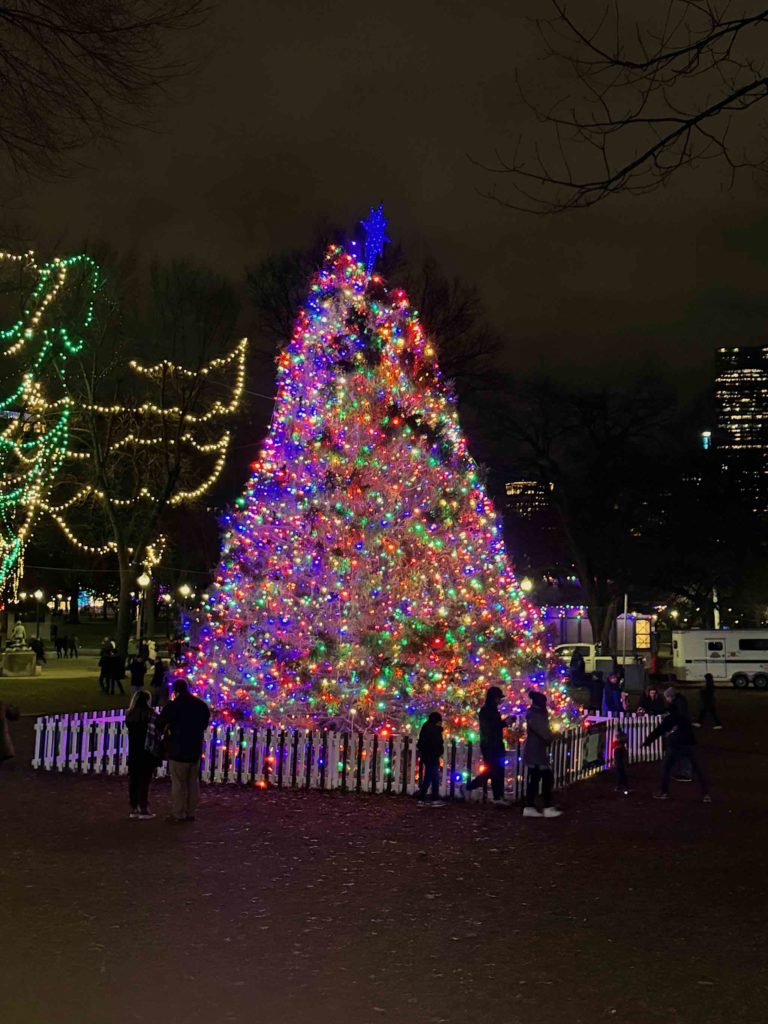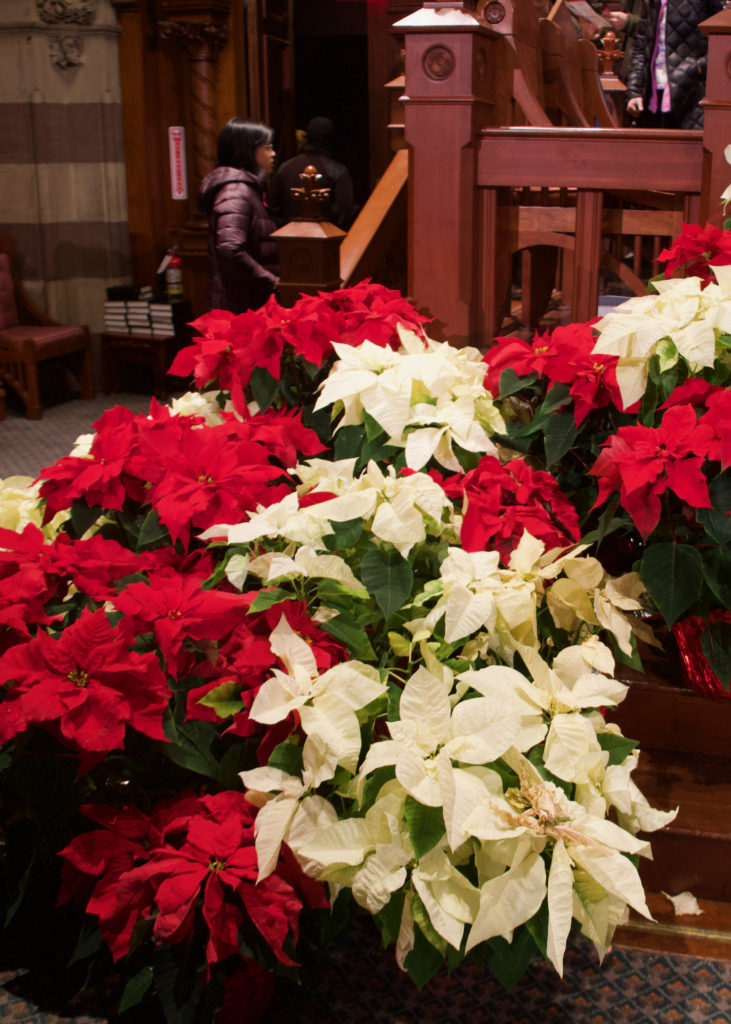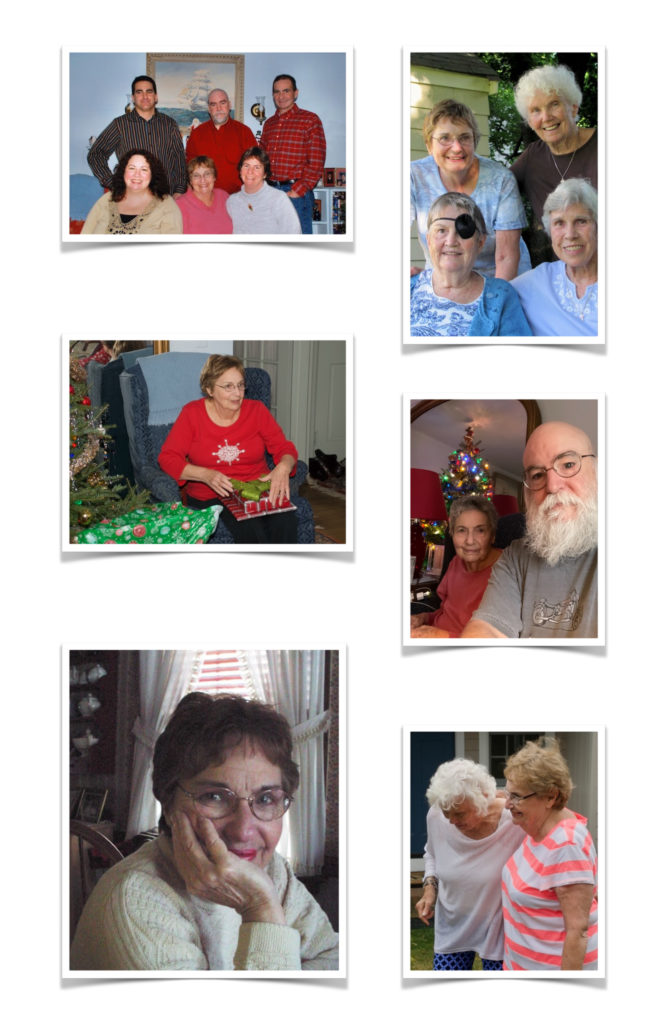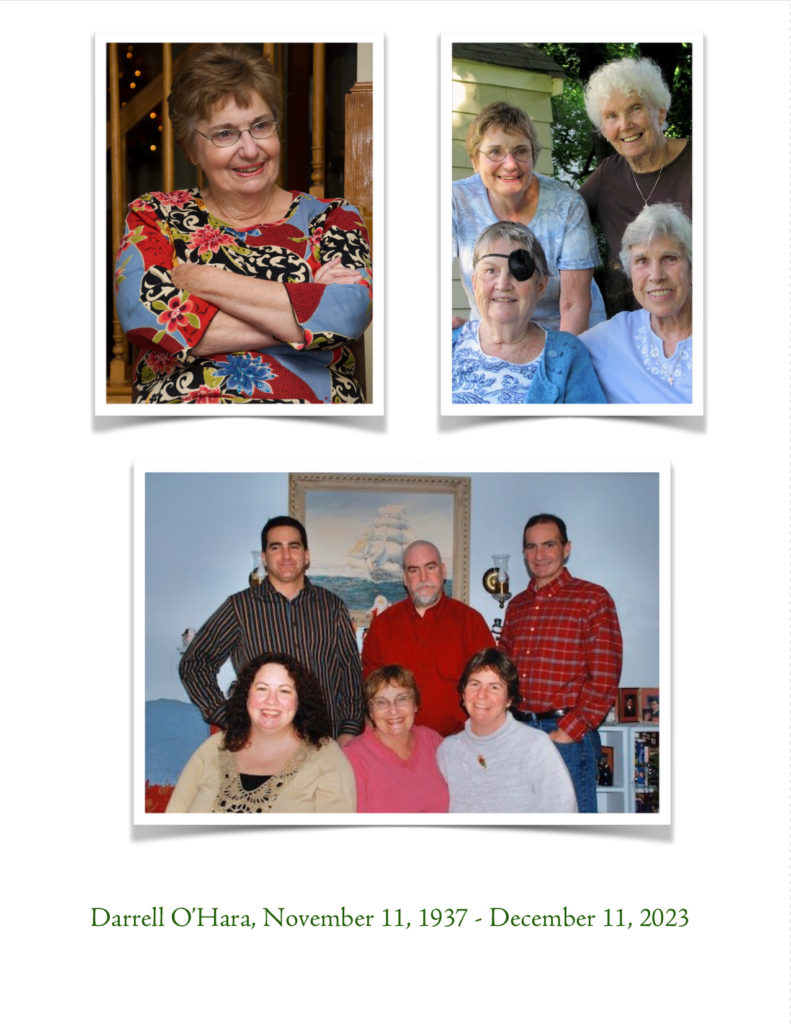I decided once again to book a flight at the Quechee Ballooon festival. I had high hopes after last year’s washout, especially considering that the weather had been great in 2012, 2013 and and 2018.
I’d originally planned to take the motorcycle up. I’d booked my flight for Friday evening, figuring that if there was a weather problem, there was more of a chance of picking up a standby flight. As the weekend got closer though, it became apparent that there were thunderstorms due to roll through.
Friday came, and I could see the line of storms on radar, and they didn’t look too bad. The line ran northeast to southwest, and it looked like the northern line was just passing through Vermont in the morning, and I started to have hopes that the rain would be gone by balloon time. I was also starting to reconsider taking the bike up. When I first checked, they didn’t look too bad, but as the morning wore on, they seemed to be blooming, and it looked like I would have to be riding through rain a fair amount of time. So I decided to take the car.
I got to the hotel about 3:30, got squared away, and headed over to the festival grounds.
I was optimistic at first that we would fly, but then it started to rain. And then there was a break in the clouds, and there was hope. And then there was rain again. No cell coverage at the festival grounds, so I couldn’t look at the radar, but it was becoming obvious that the air was unstable and forming more rain clouds spontaneously. They tried to wait it out for a while, but eventually, they announced that the flights were cancelled, and everyone trooped back to the ticket booth to turn in their boarding passes and file for a refund.
They did manage to get The Glow off, though. The Glow is a display of tethered balloons at dusk; the pilots light their burners to illuminate the balloon envelopes.
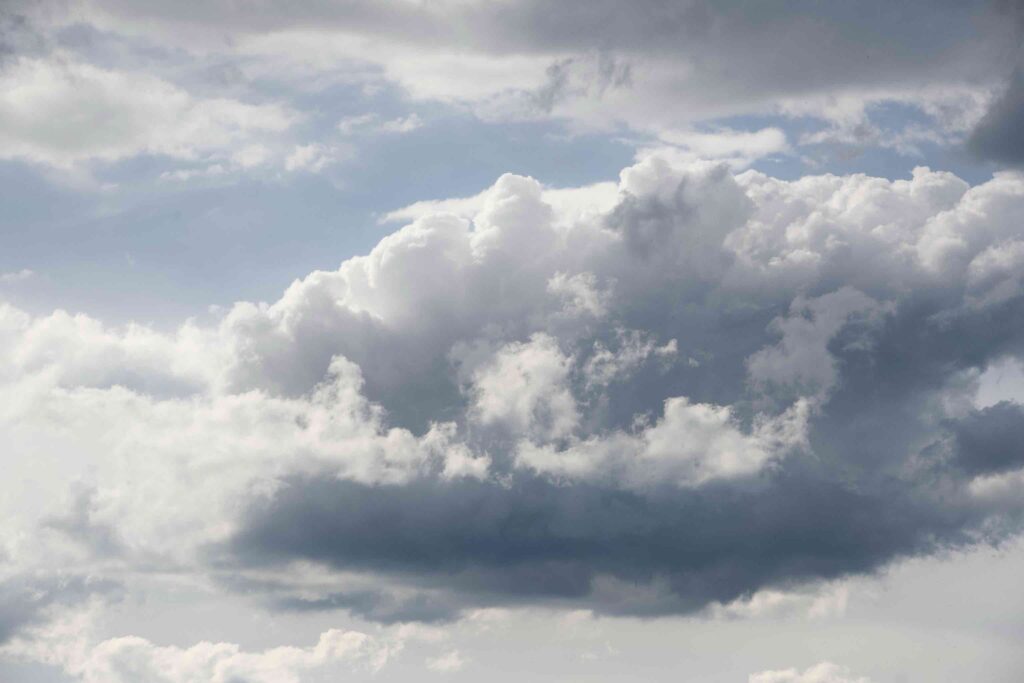
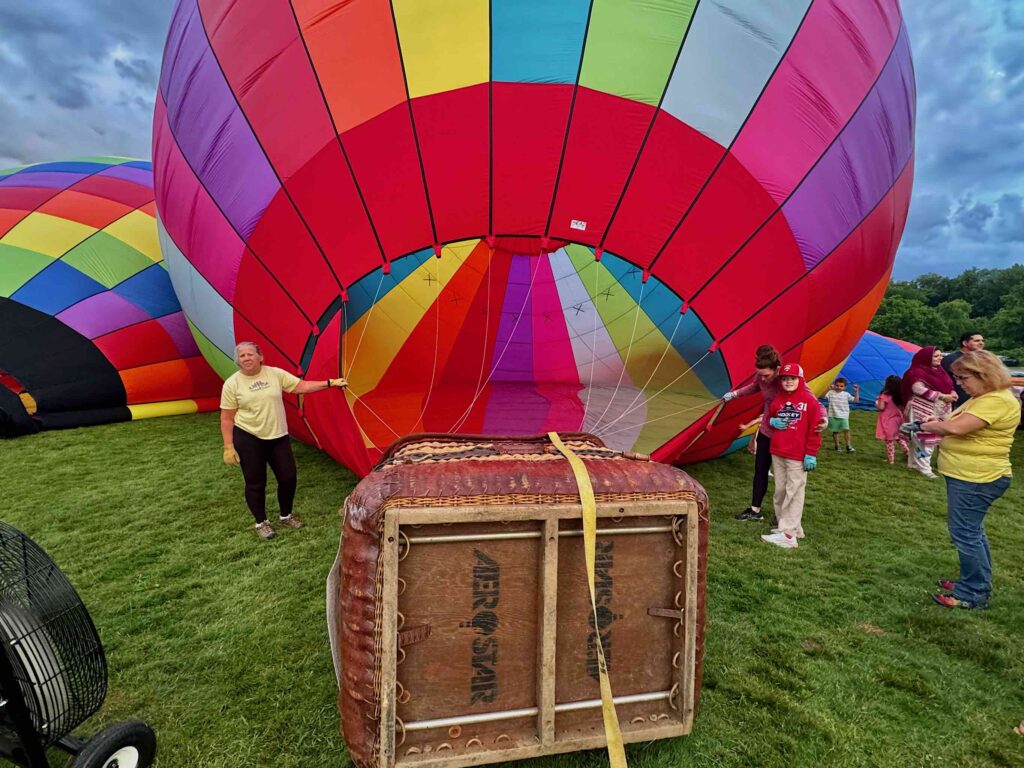
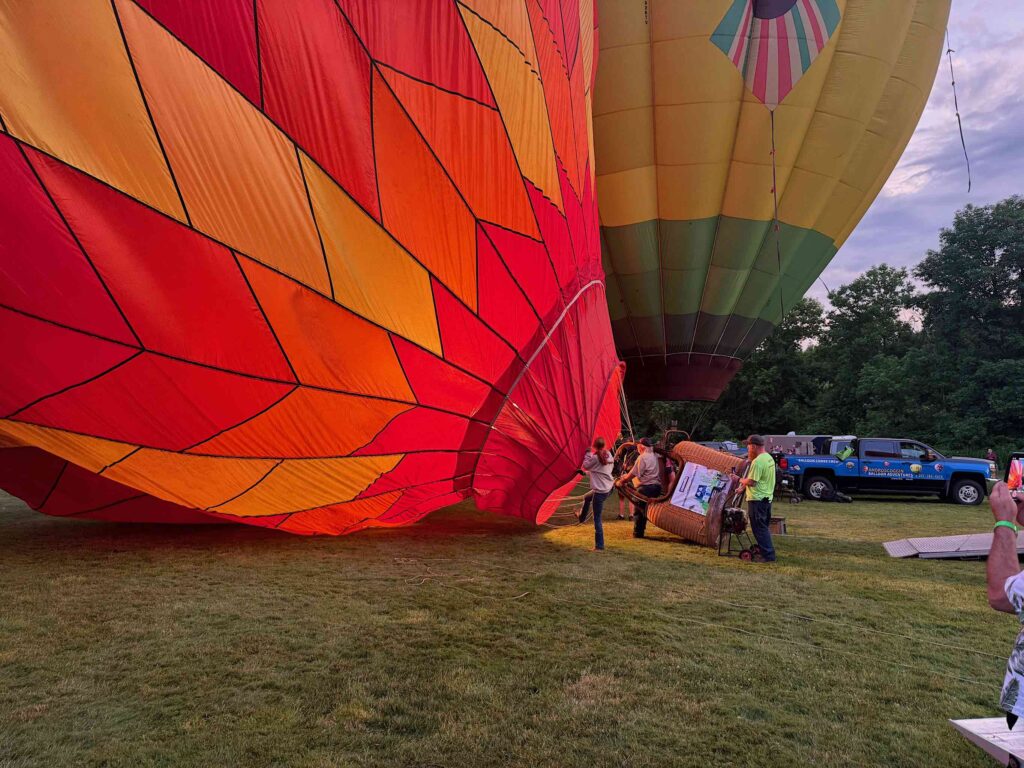
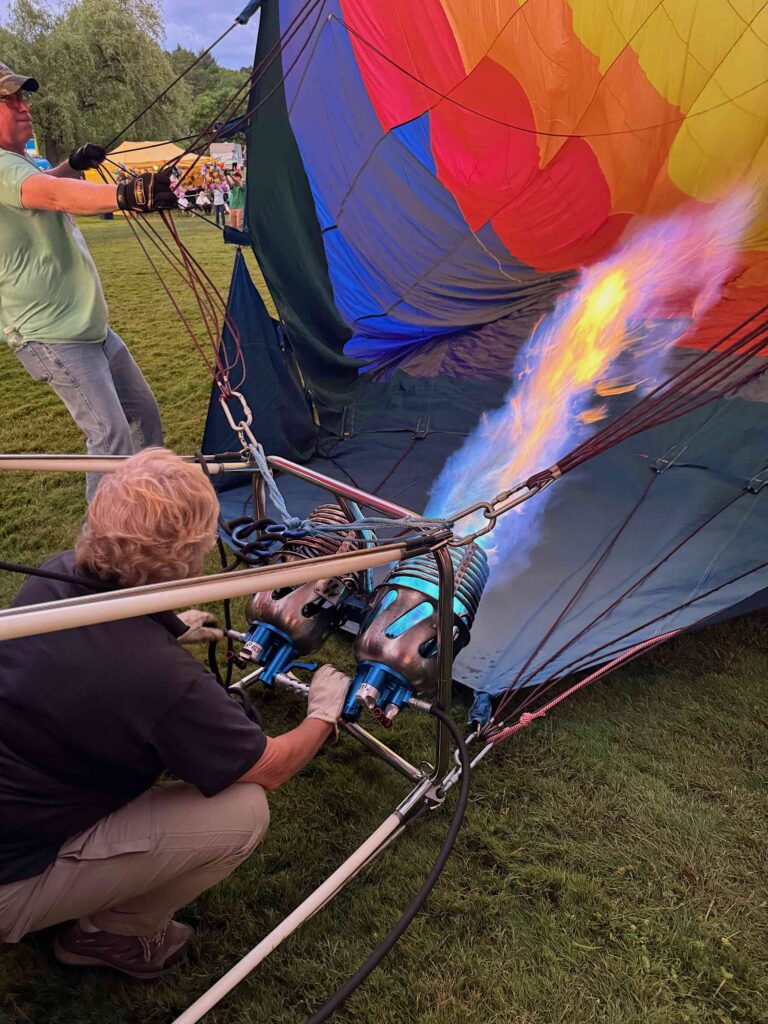
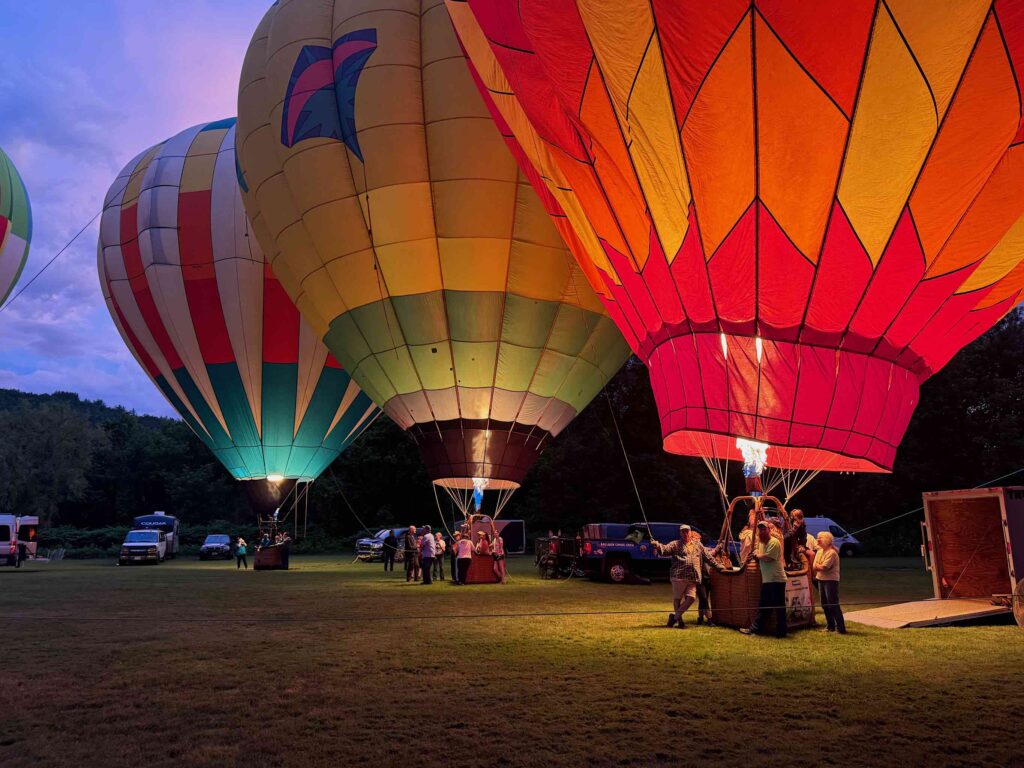
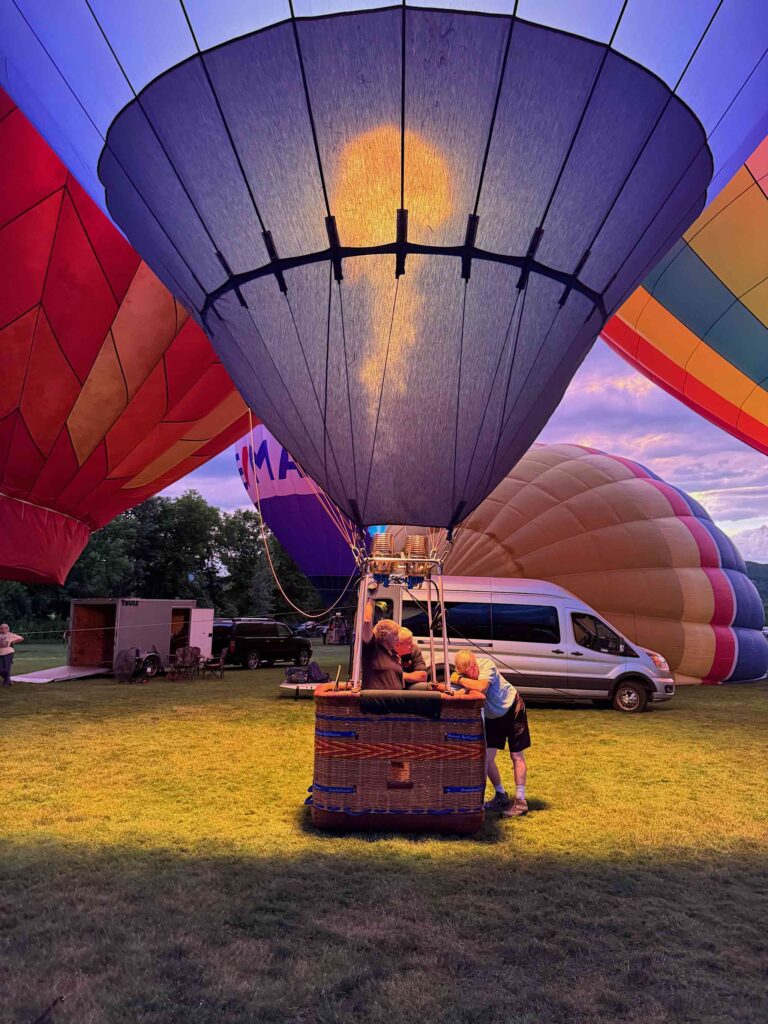
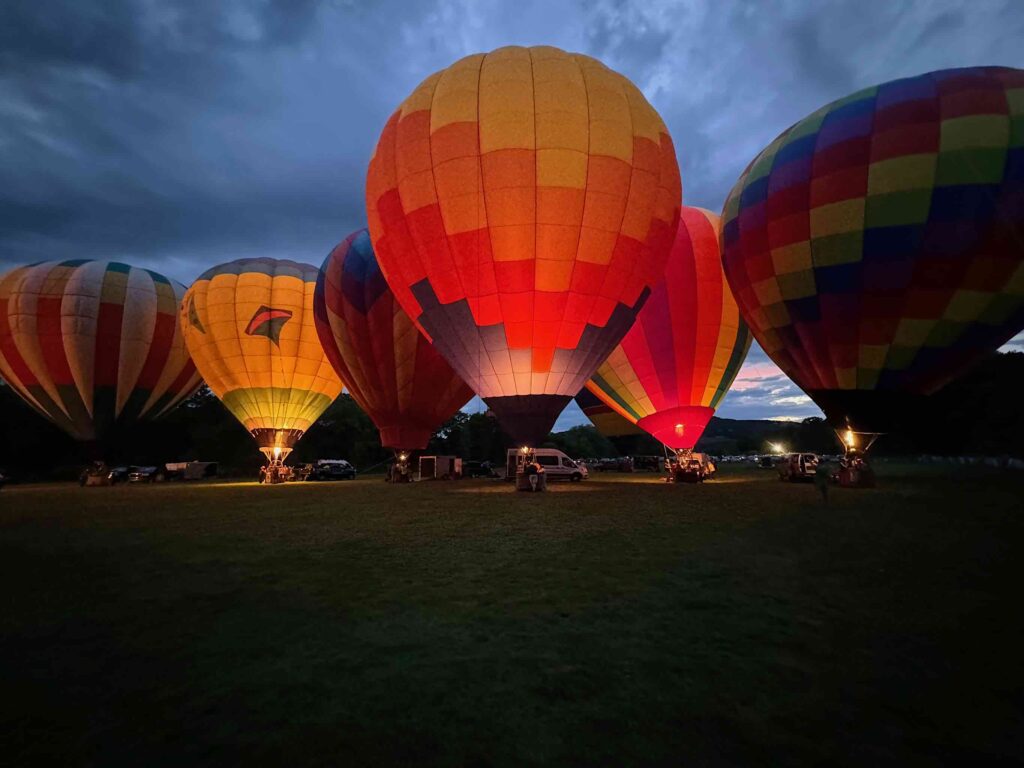
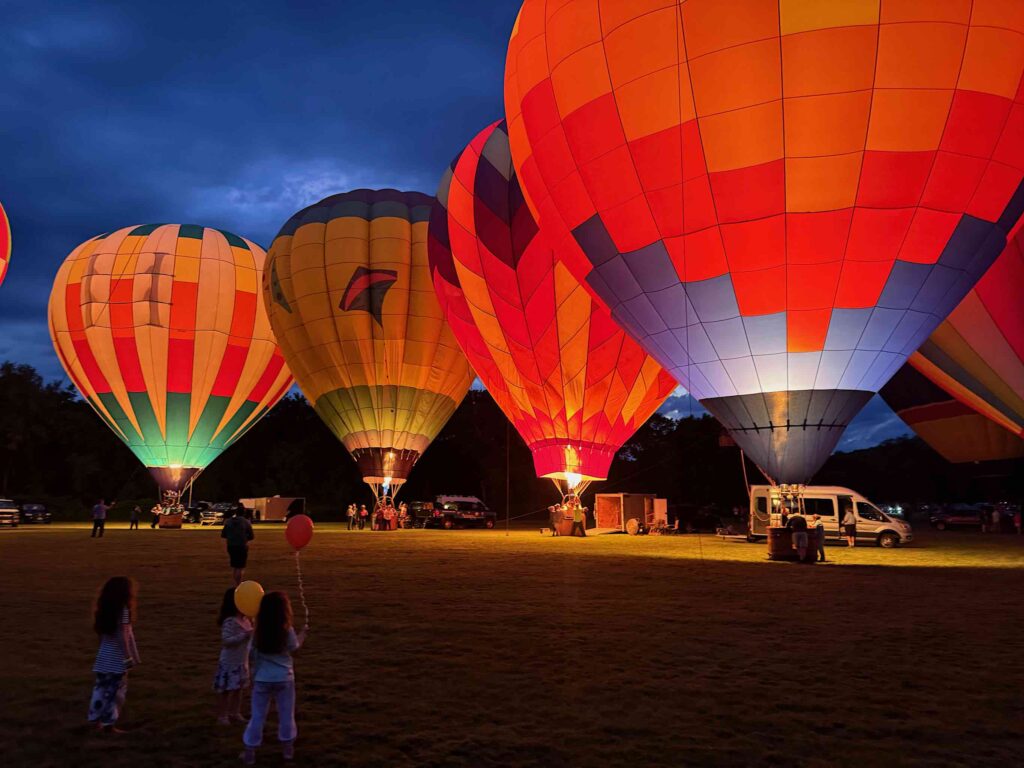
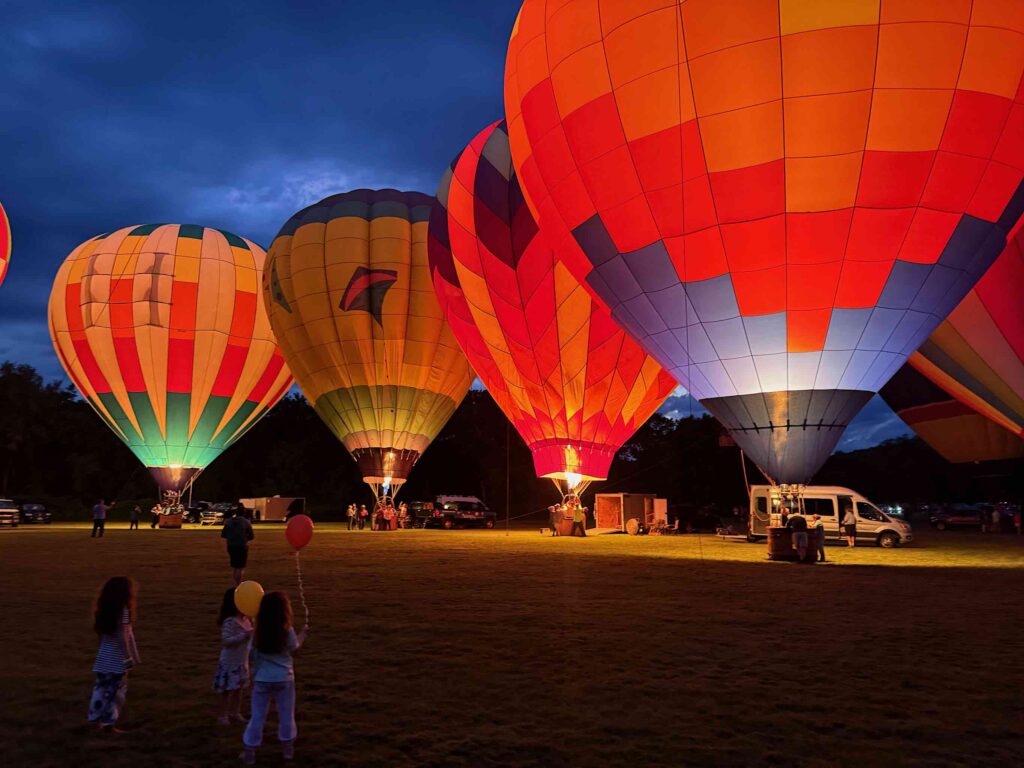
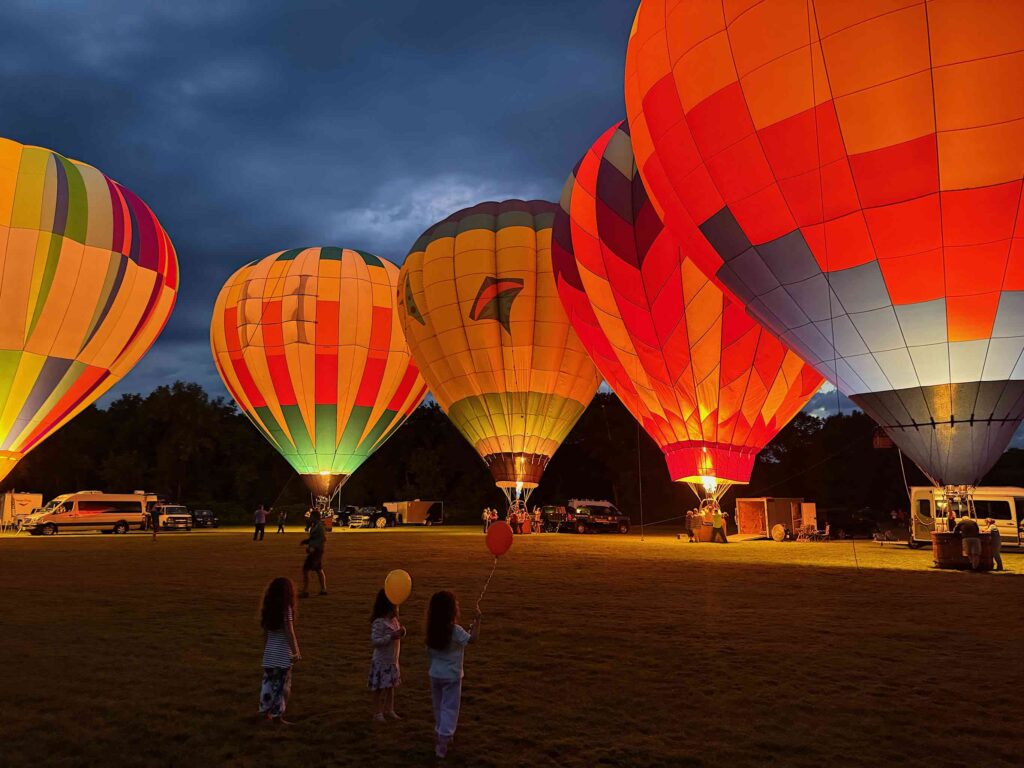
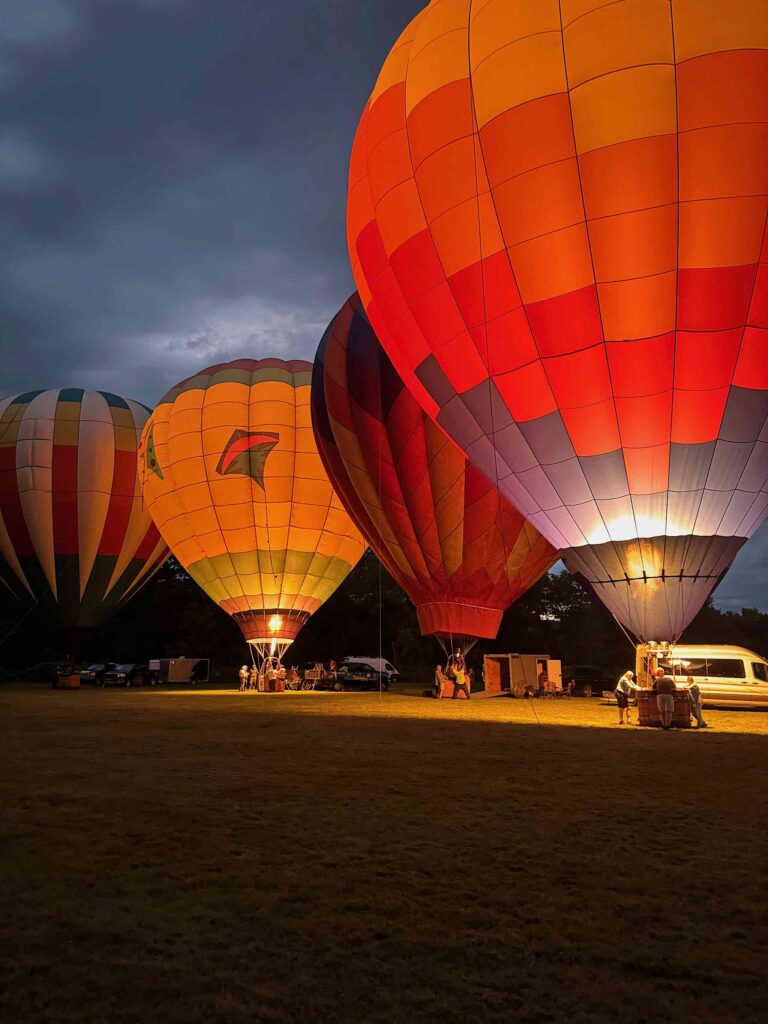
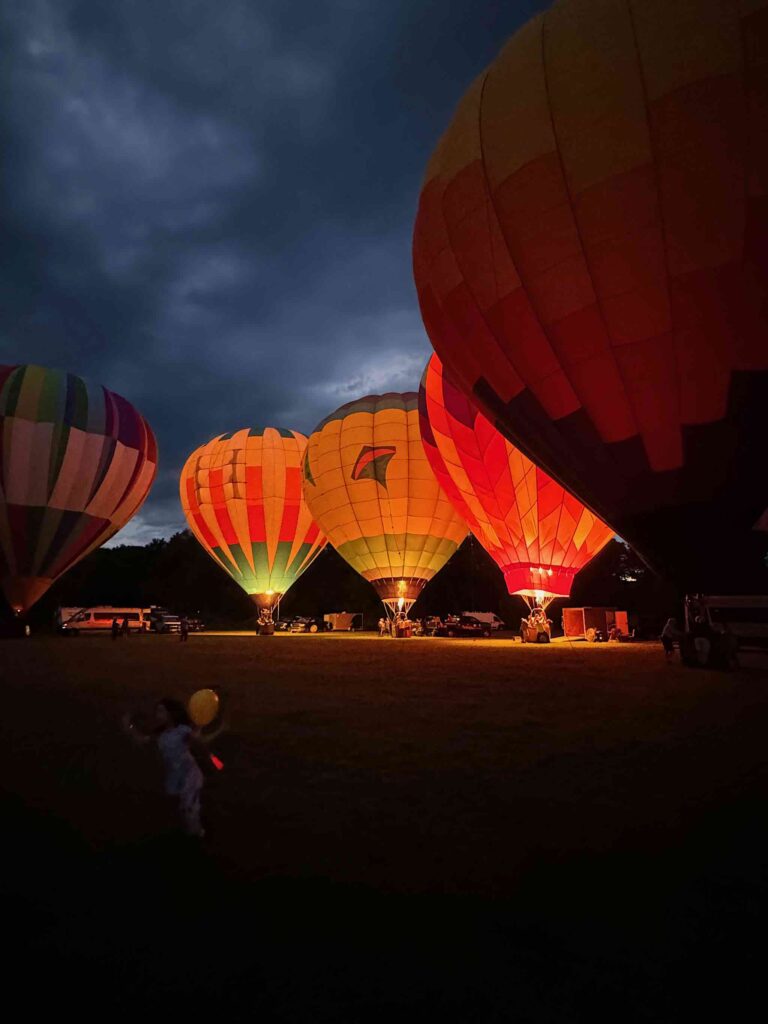
As they were setting up, it looked like one of the balloons needed a little help holding down the basket as the envelope developed lift, so I pitched in, and when the show was over, I helped the crew pack up, and made the acquaintance of Joe and Beth Hamilton.
Normally, on weekends, I tend to wake up early, then roll over and go back to bed. I decided when I got back to the hotel that I would head over to the festival grounds Saturday morning if I was awake, and try to get a standby ticket. Unfortunately, this meant I inadvertently put myself in a standby state all night, and really didn’t sleep much — for the second night in a row.
Saturday dawned crisp and clear, and I headed over to the festival grounds, hoping for a standby ticket. Unfortunately, while it was calm at the ground, at altitude, the winds were whipping — you could see the tops of the trees moving. Curses, foiled again. I headed back to the hotel for breakfast — and then I had a problem.
Although the festival is a three day event, with crafts exhibits and live music and sky diving events, it’s really not enough to occupy one for twelve hours of the day. Certainly, not enough to occupy me. I did make several rounds of the craft tents, and even bought a crystal balloon window pendant, but I needed to find something to do with myself for the rest of the day — after all, I’d booked two nights of the hotel. The original plan had been to spend the day on the motorcycle, but the rain the day before killed that plan. In hindsight, I should have ridden up — there was only about 45 minutes of rain, and only a small part of that was heavy — and Saturday would have been a great day for the motorcycle.
So I ended up taking Route 4 up to Woodstock, poked around there for a little bit, then headed to the Calvin Coolidge Homestead in Plymouth Notch. It’s where Coolidge grew up, where he was staying the night President Harding died and Coolidge became president, and where Coolidge died.
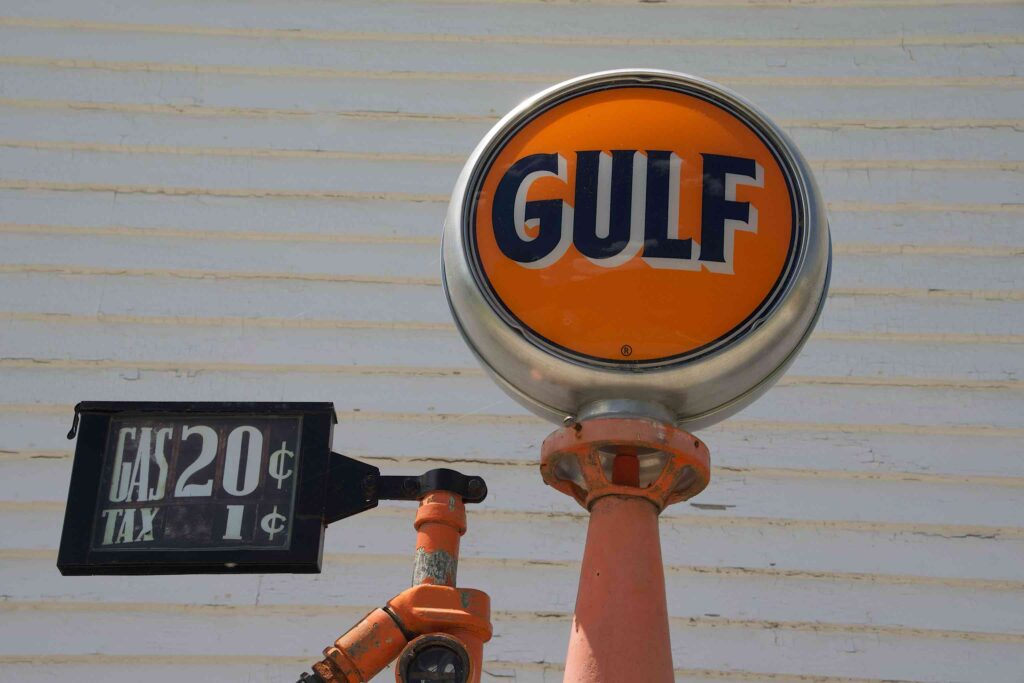


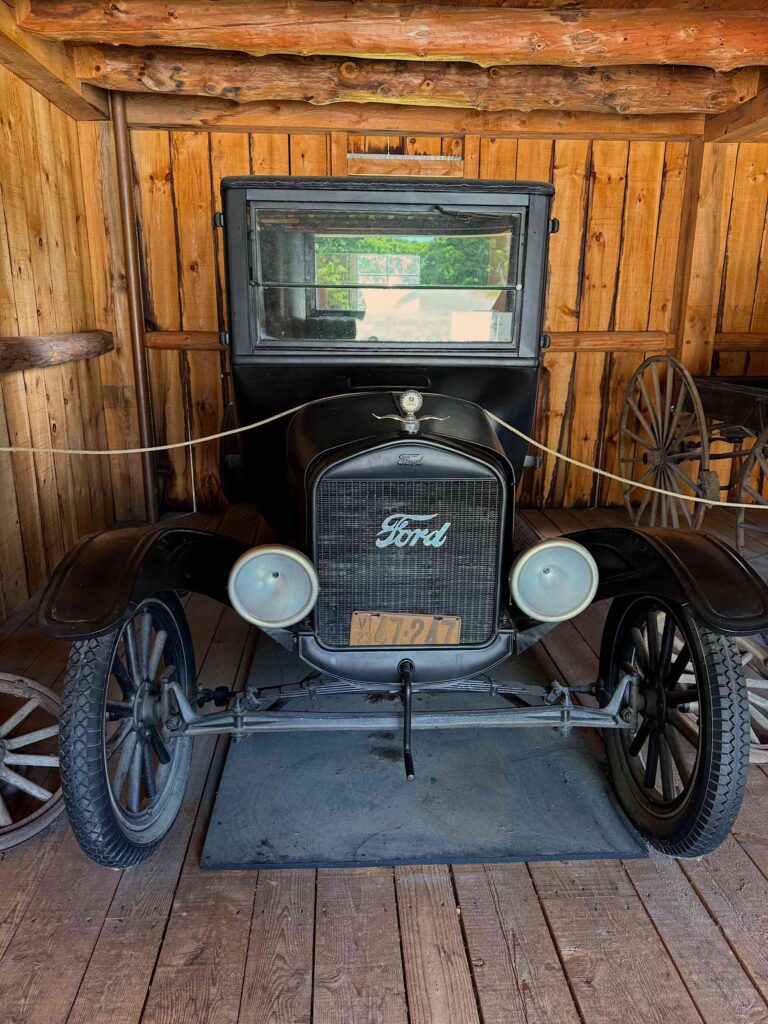
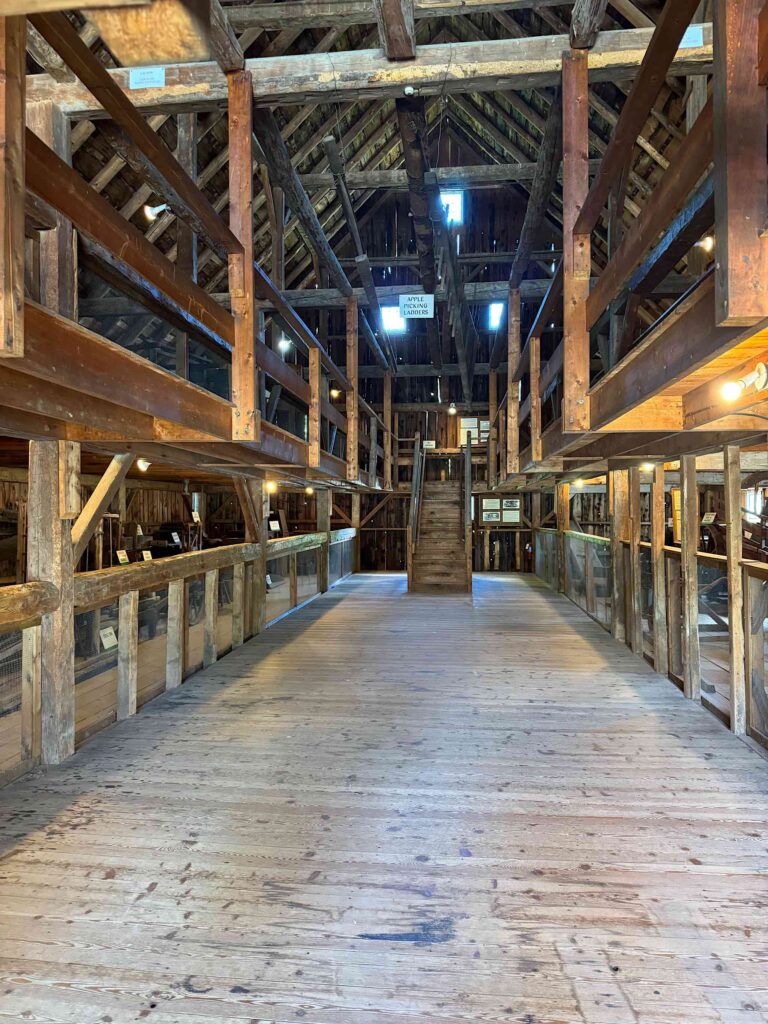
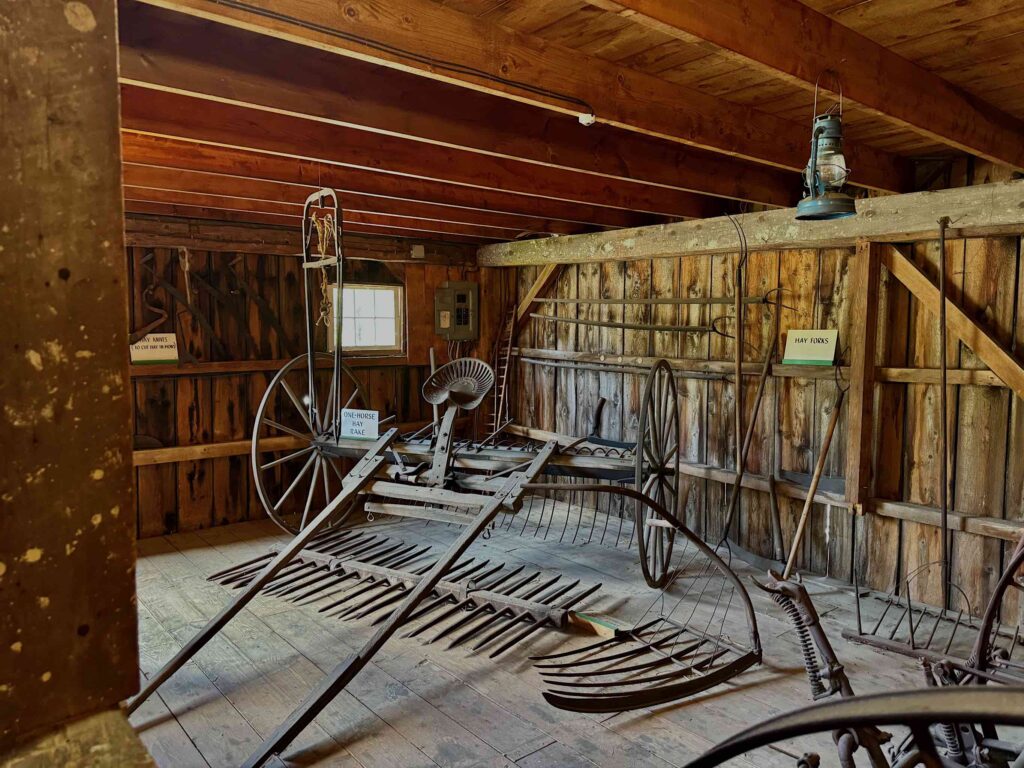
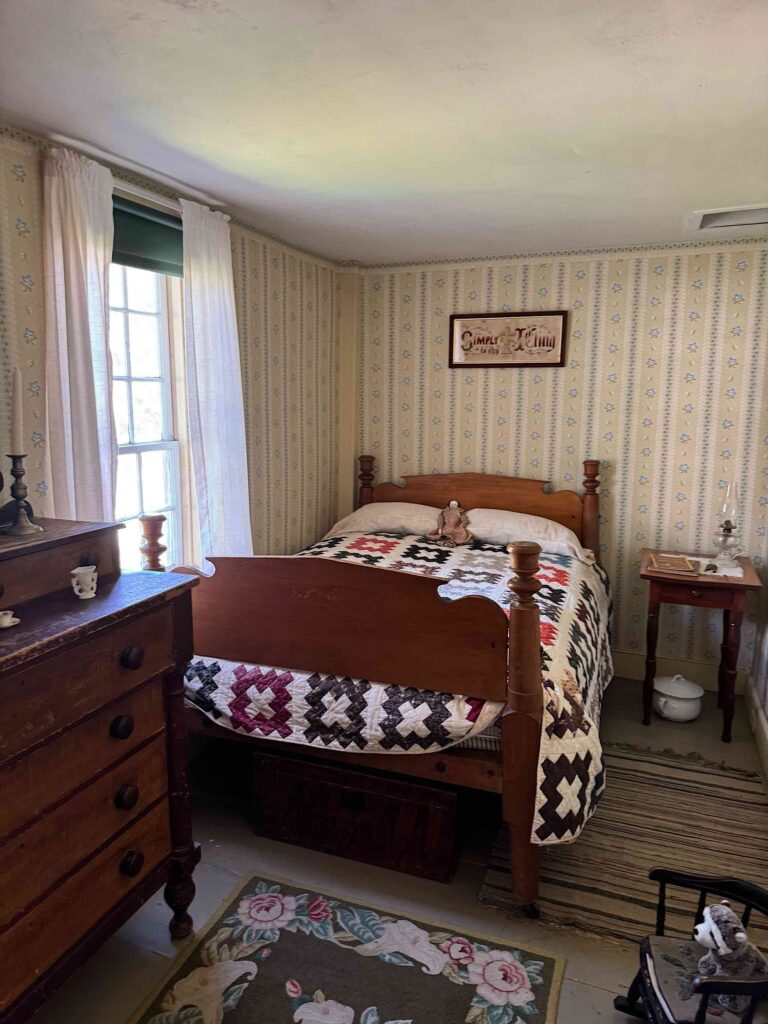
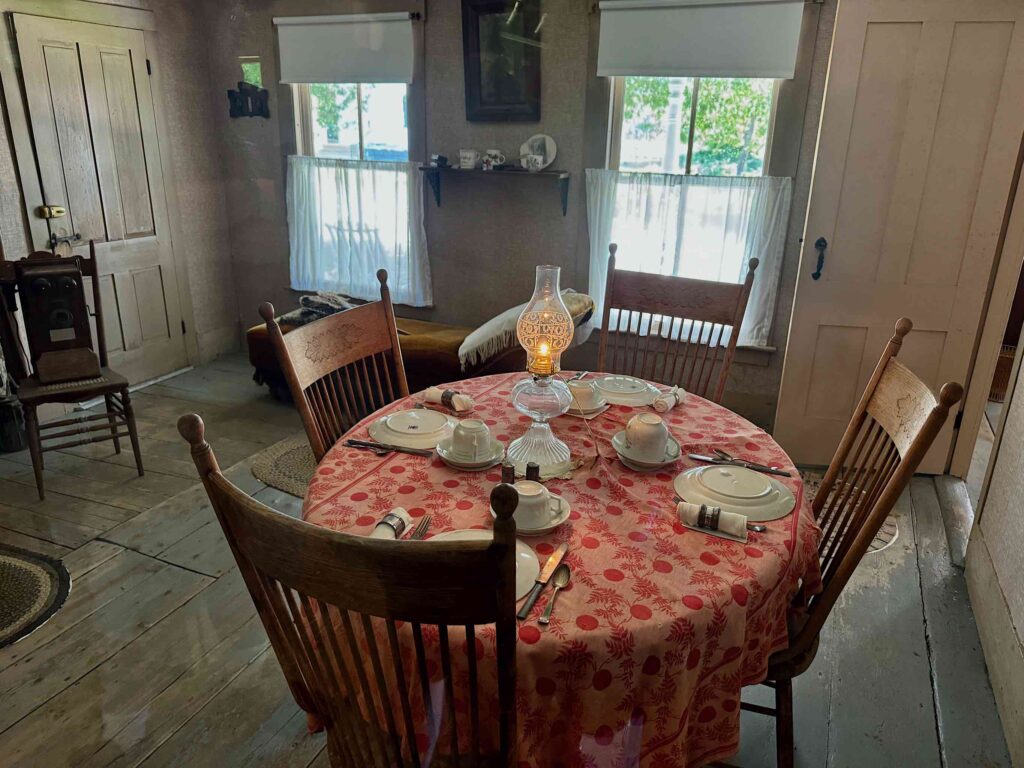
Weatherwise, the day was fine — bright, sunny, low humidity, but the wind was really blowing, and I knew there was no chance the balloons were going to get off the ground in the evening. So I had a snack along the way back, roamed along Route 12 for a while, checked in at the festival for an ice cream sundae and called it a day.
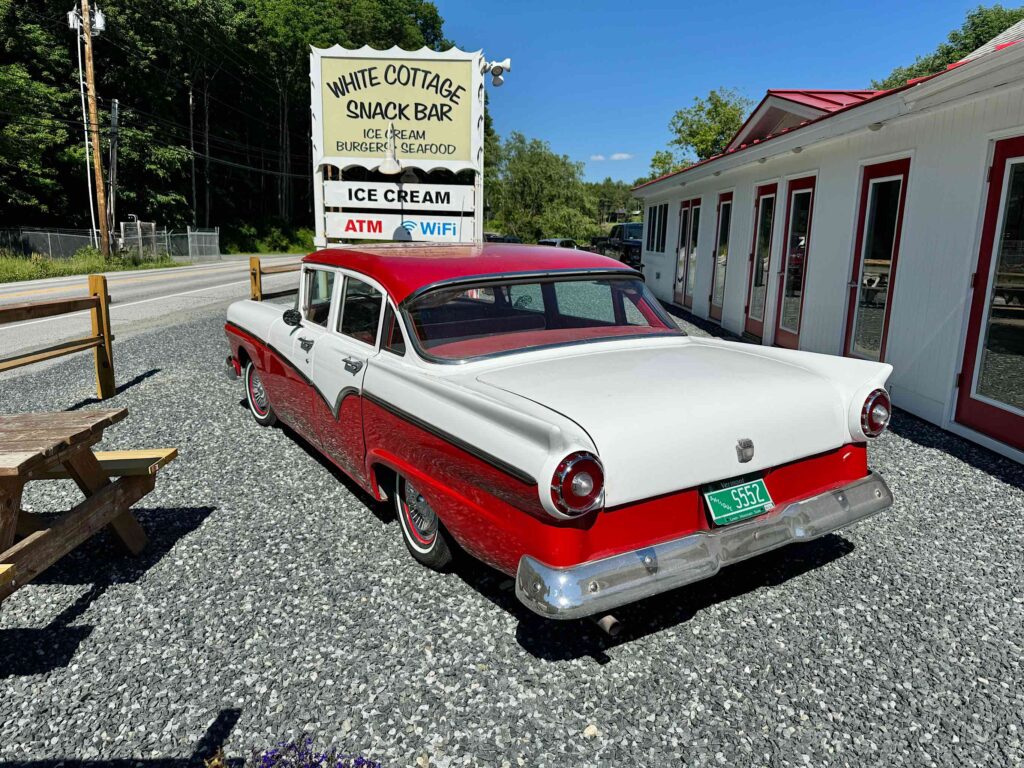
I didn’t make any special effort to try to get up early Sunday morning — I was dead tired, and I knew that there was no chance of getting a standby ticket. Still, I did want to go, because the one thing I hadn’t done so far was watch the balloons take off from the ground — in past years, I was either booked on a flight, helping the crew, or rained out. So, when I did wake up at 4:#0, I rolled out of bed, and headed over. Not particularly early, as I had been the day before, but early enough to see the balloons inflate and take off.
It was a great morning. Not only did the balloons finally get off the ground, but there were a trio of paramotors circling around overhead, watching the festivities. And partway through, a bald eagle flew overhead.
